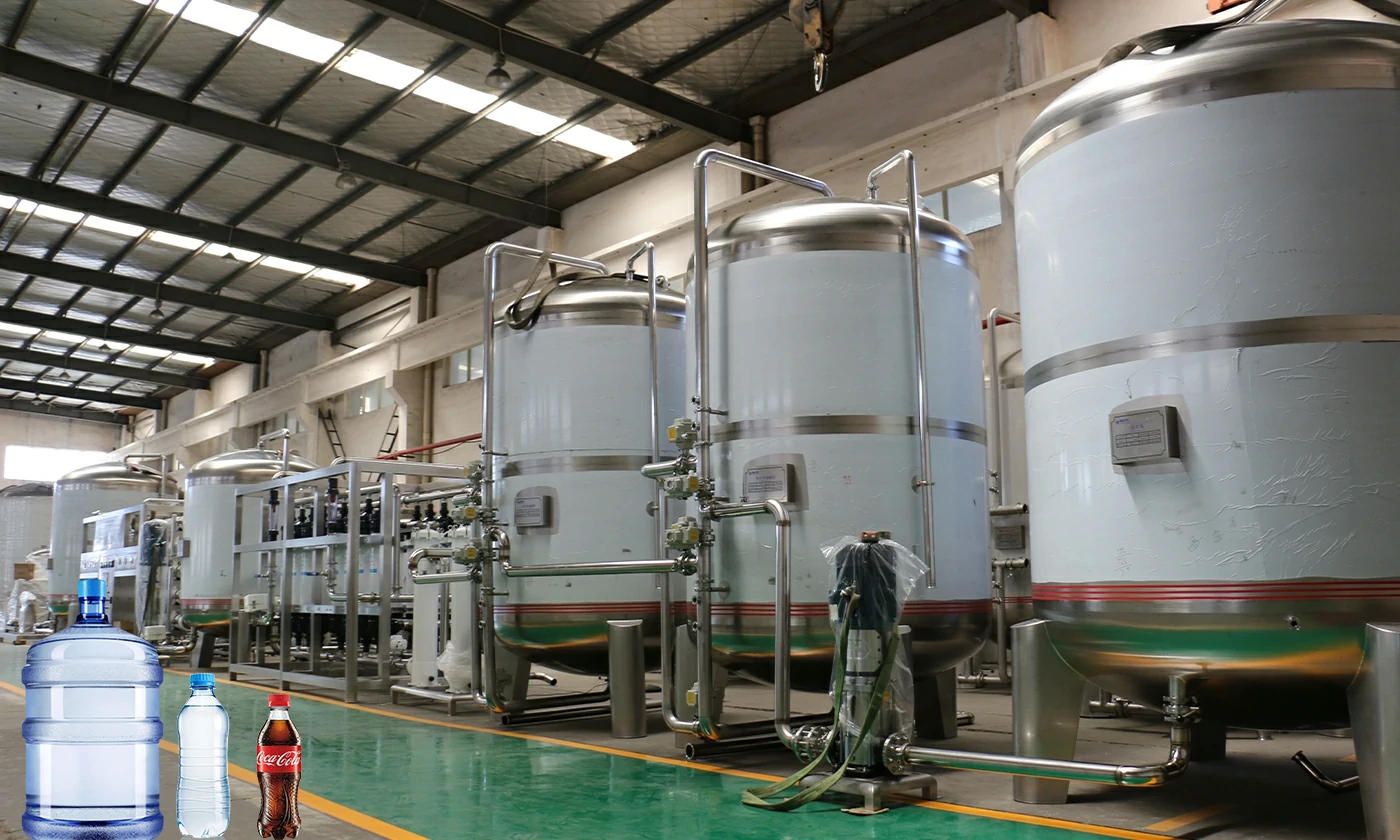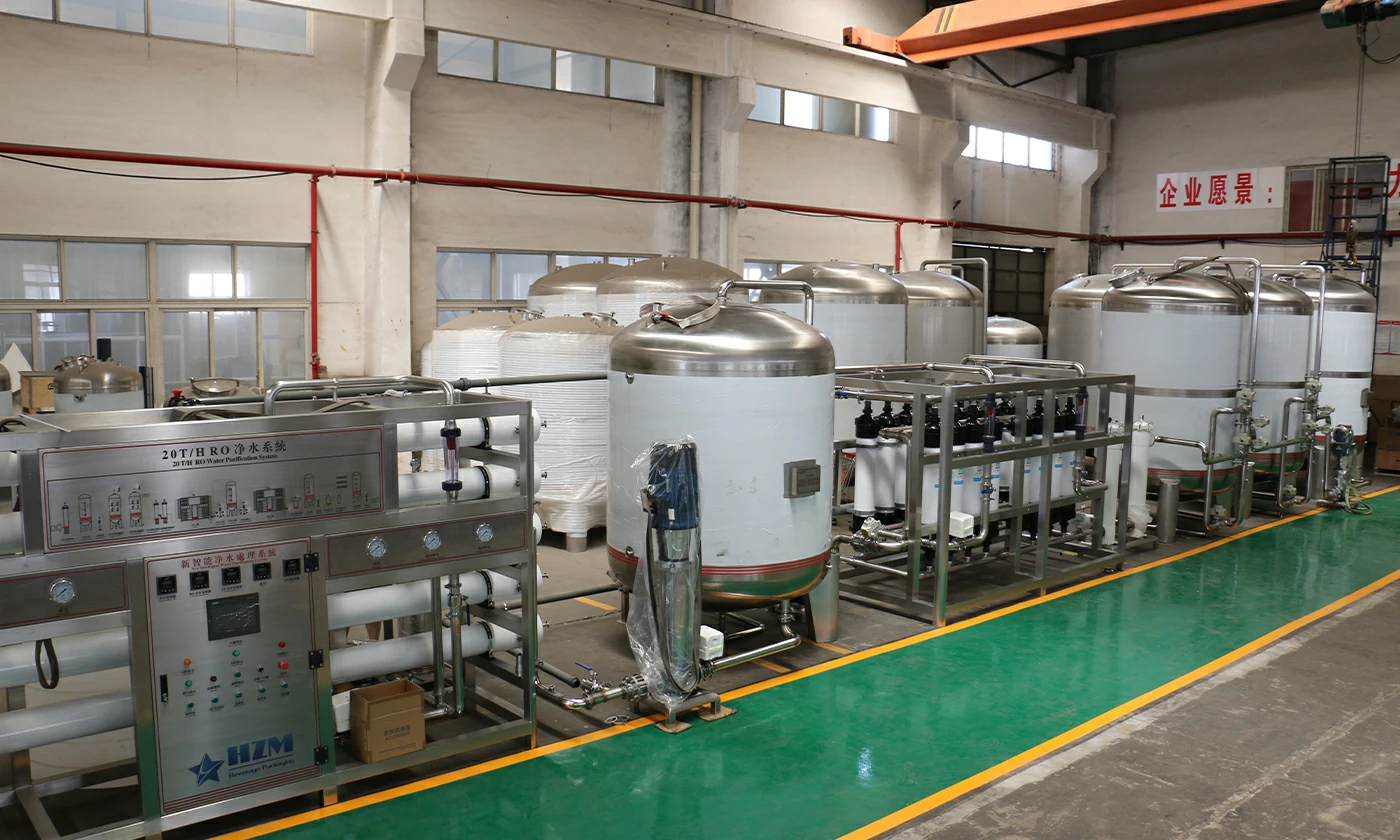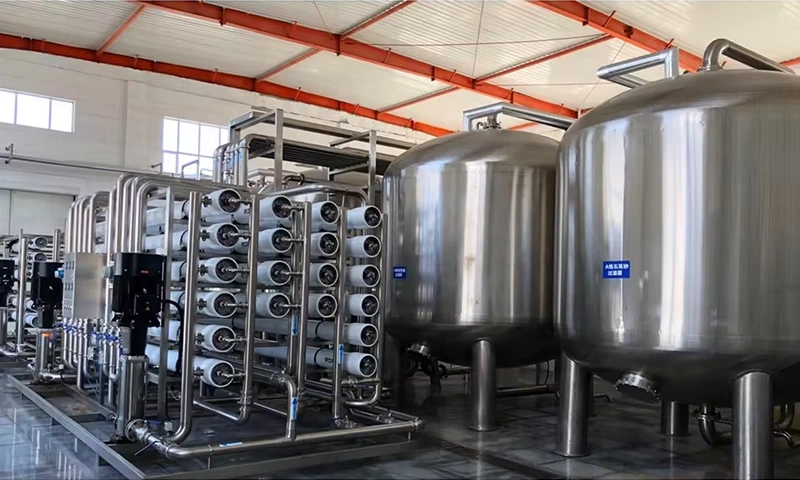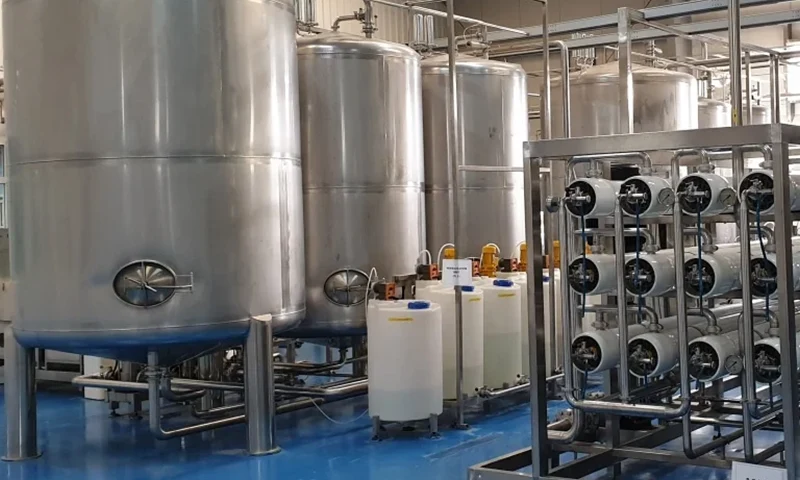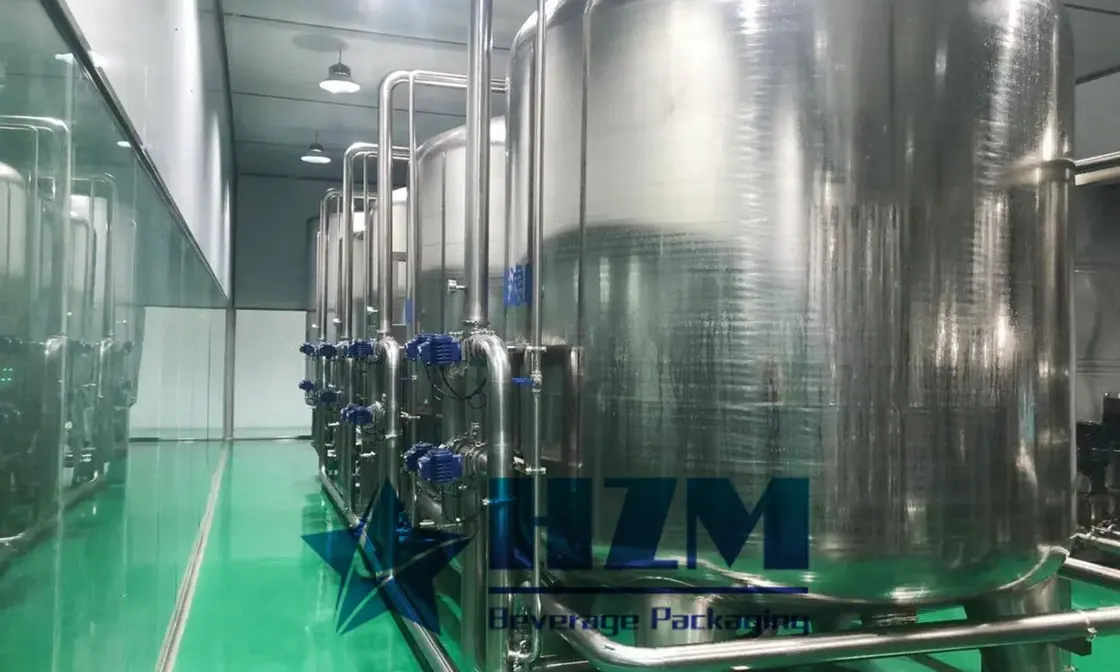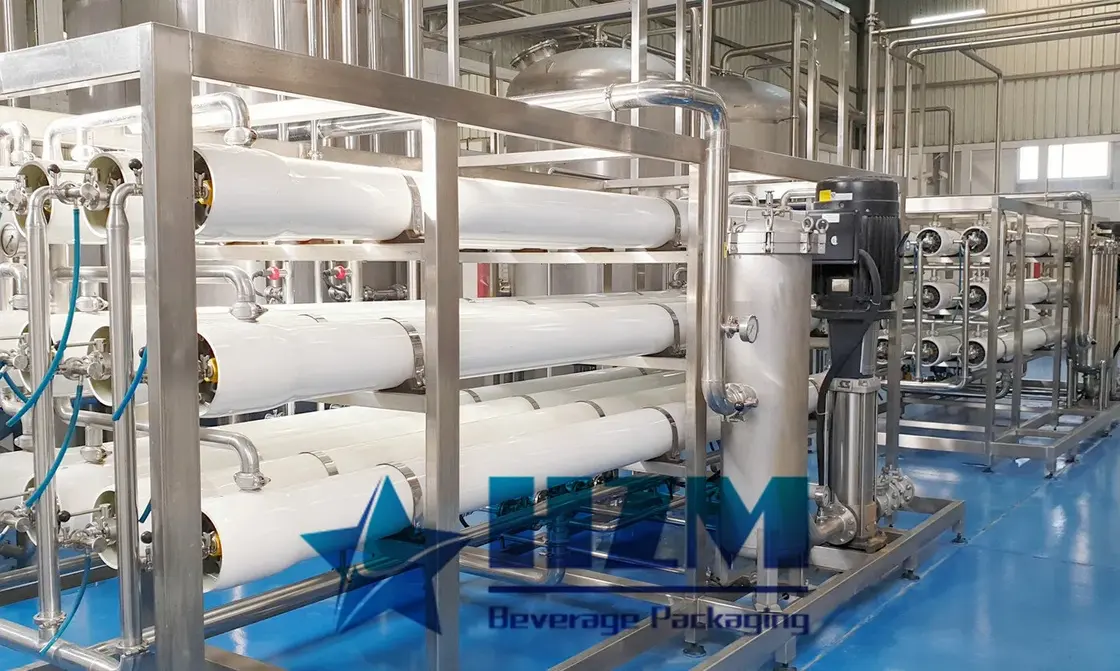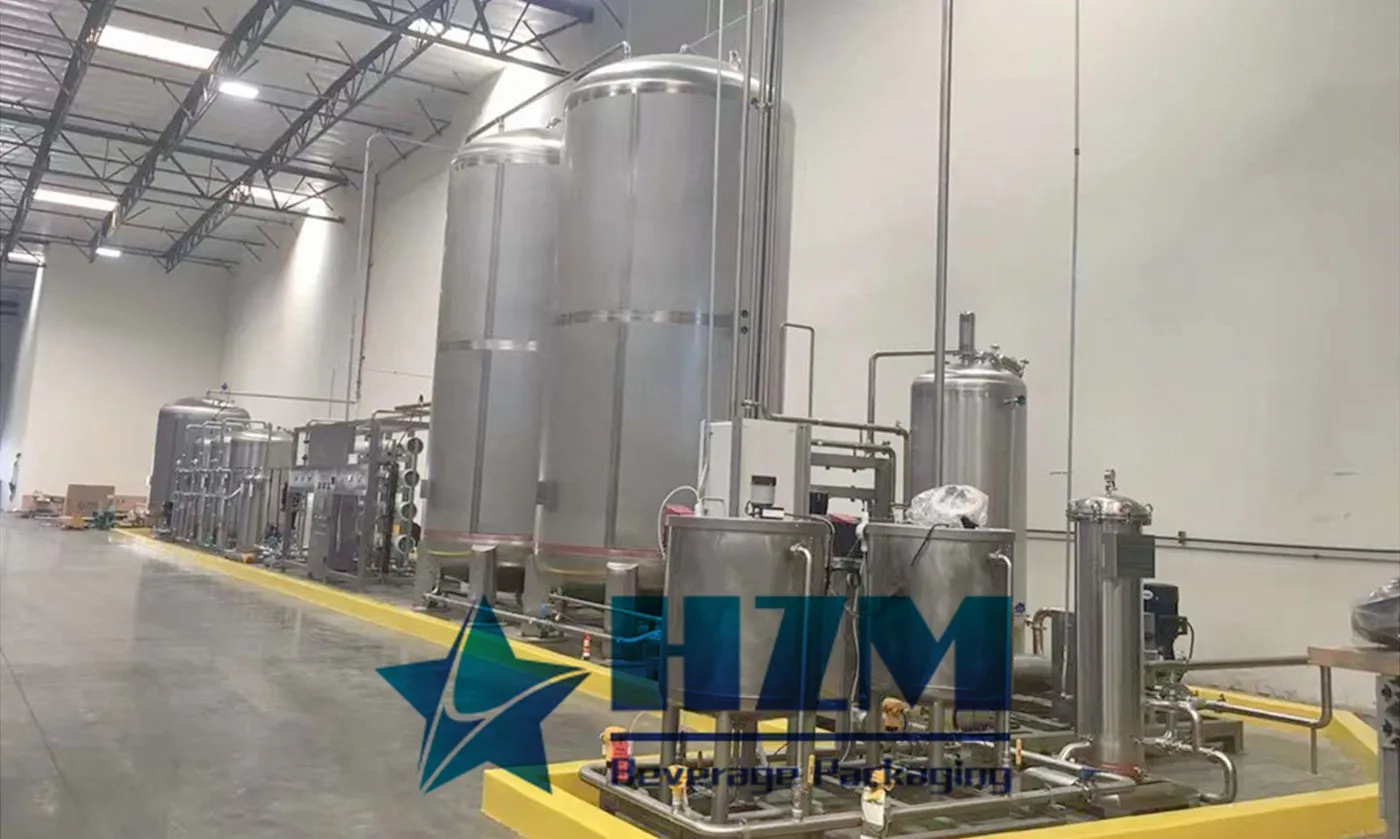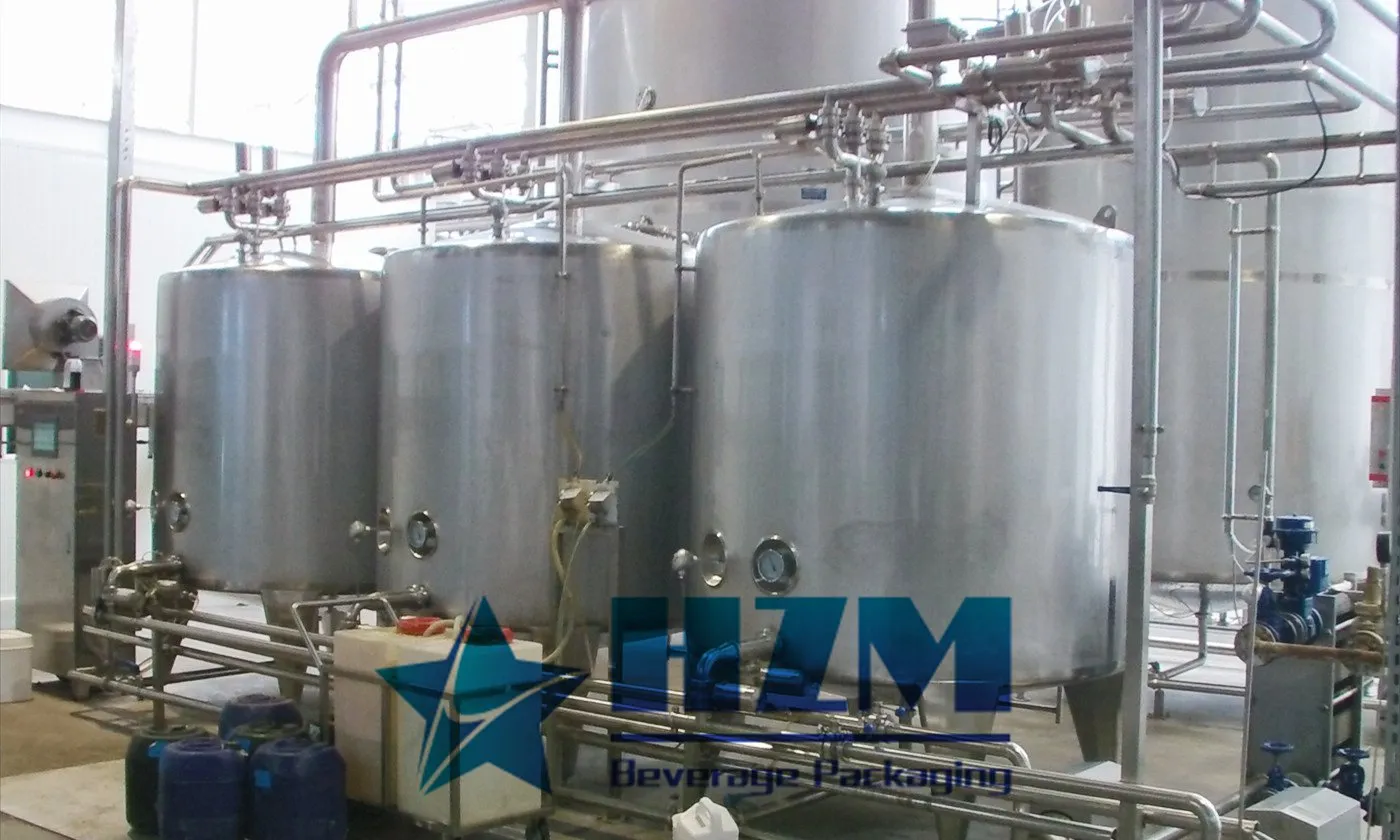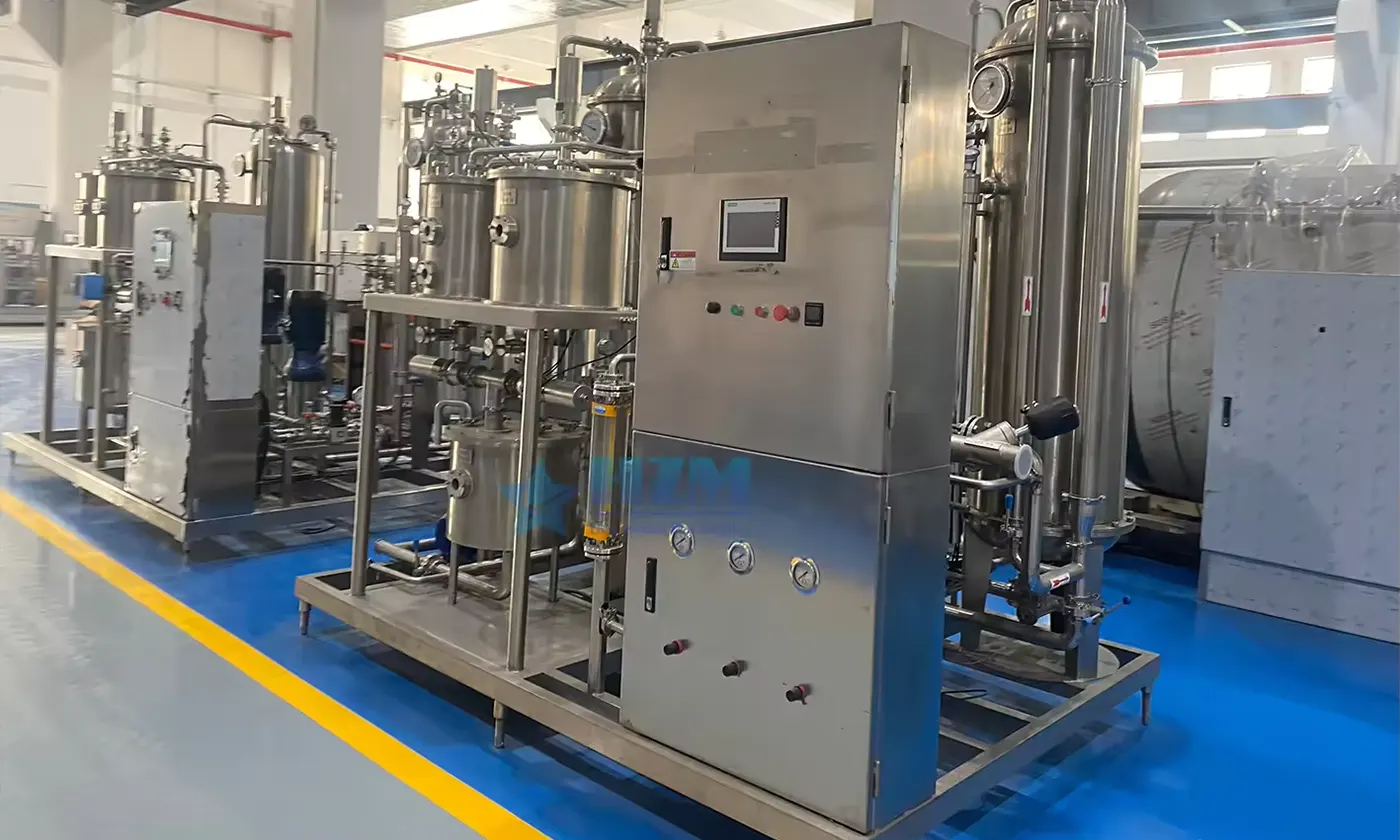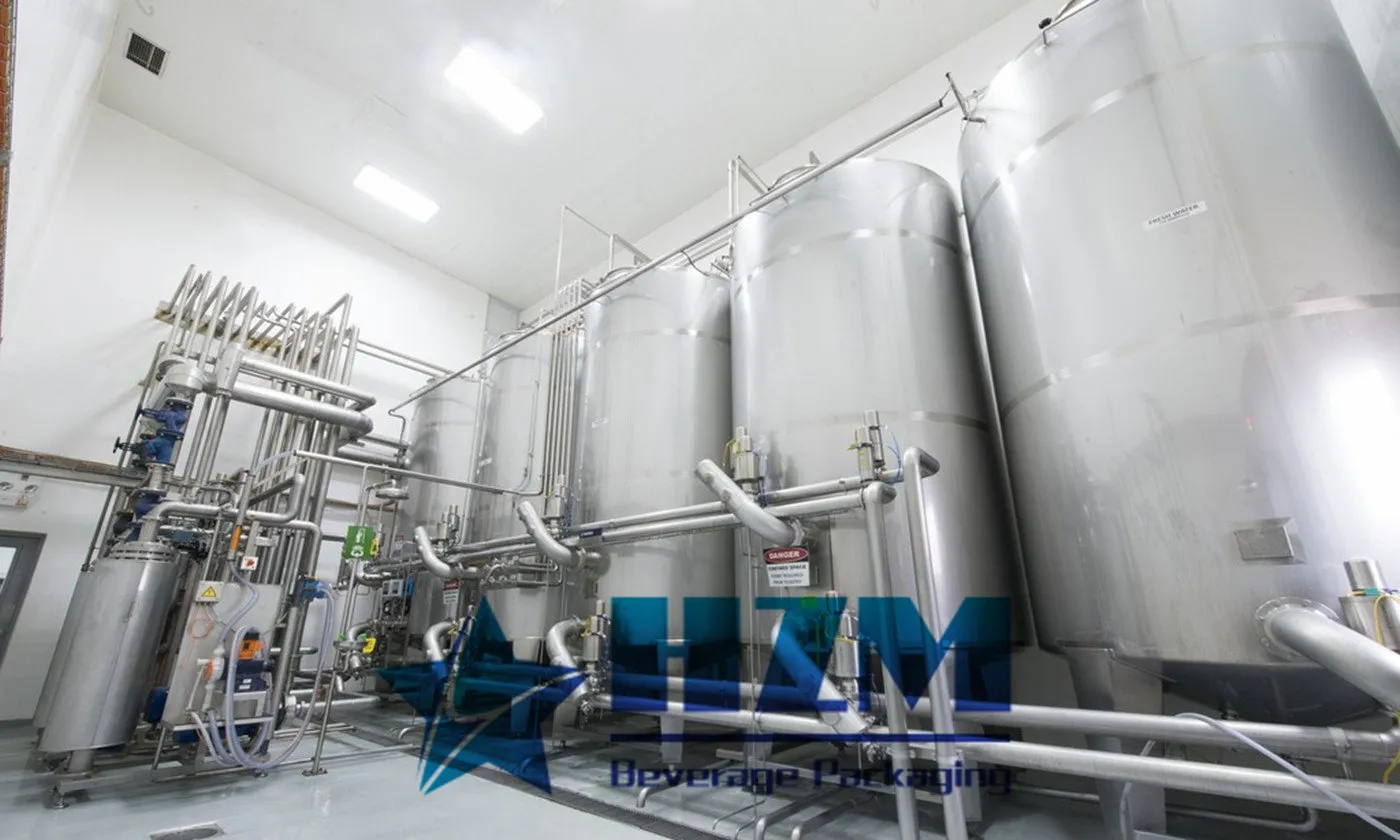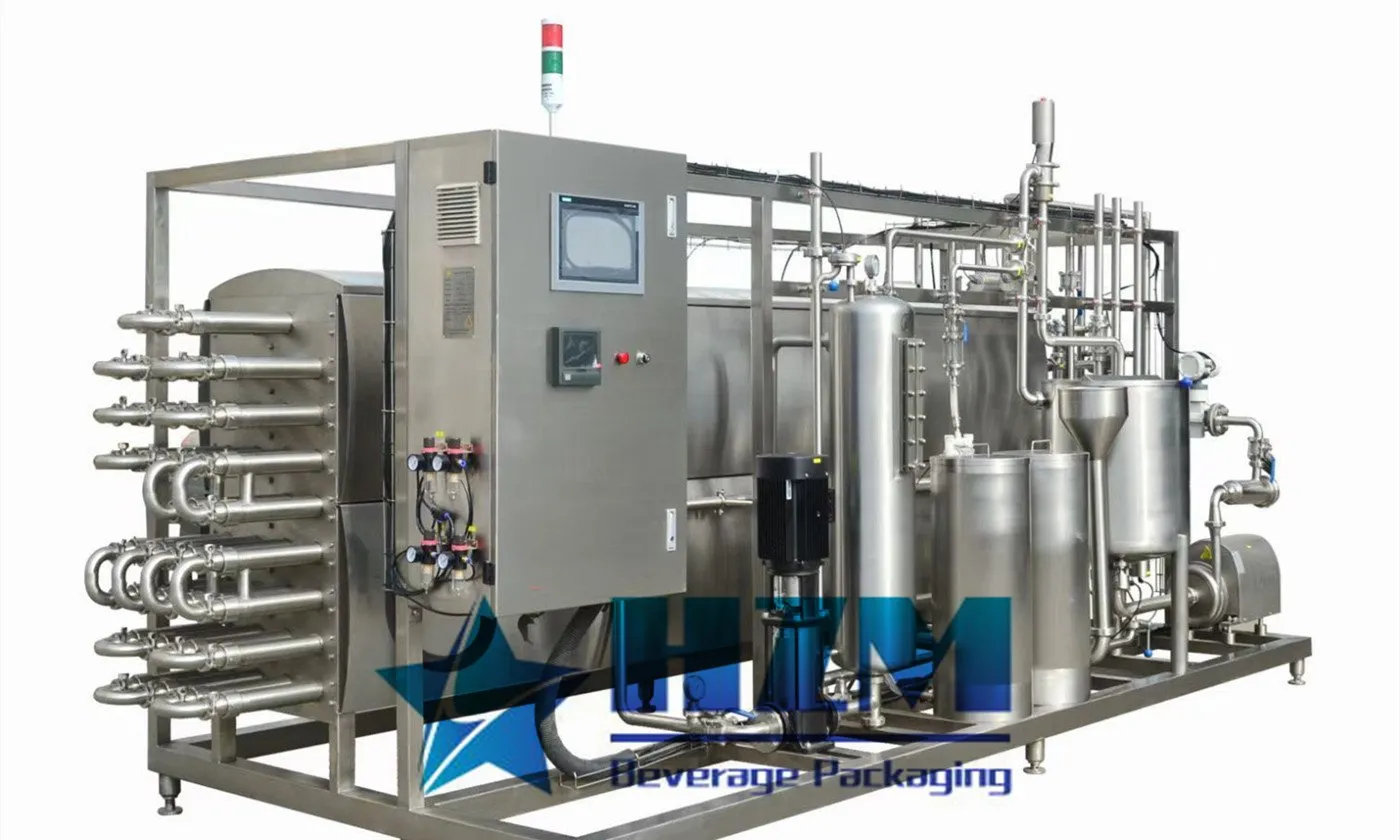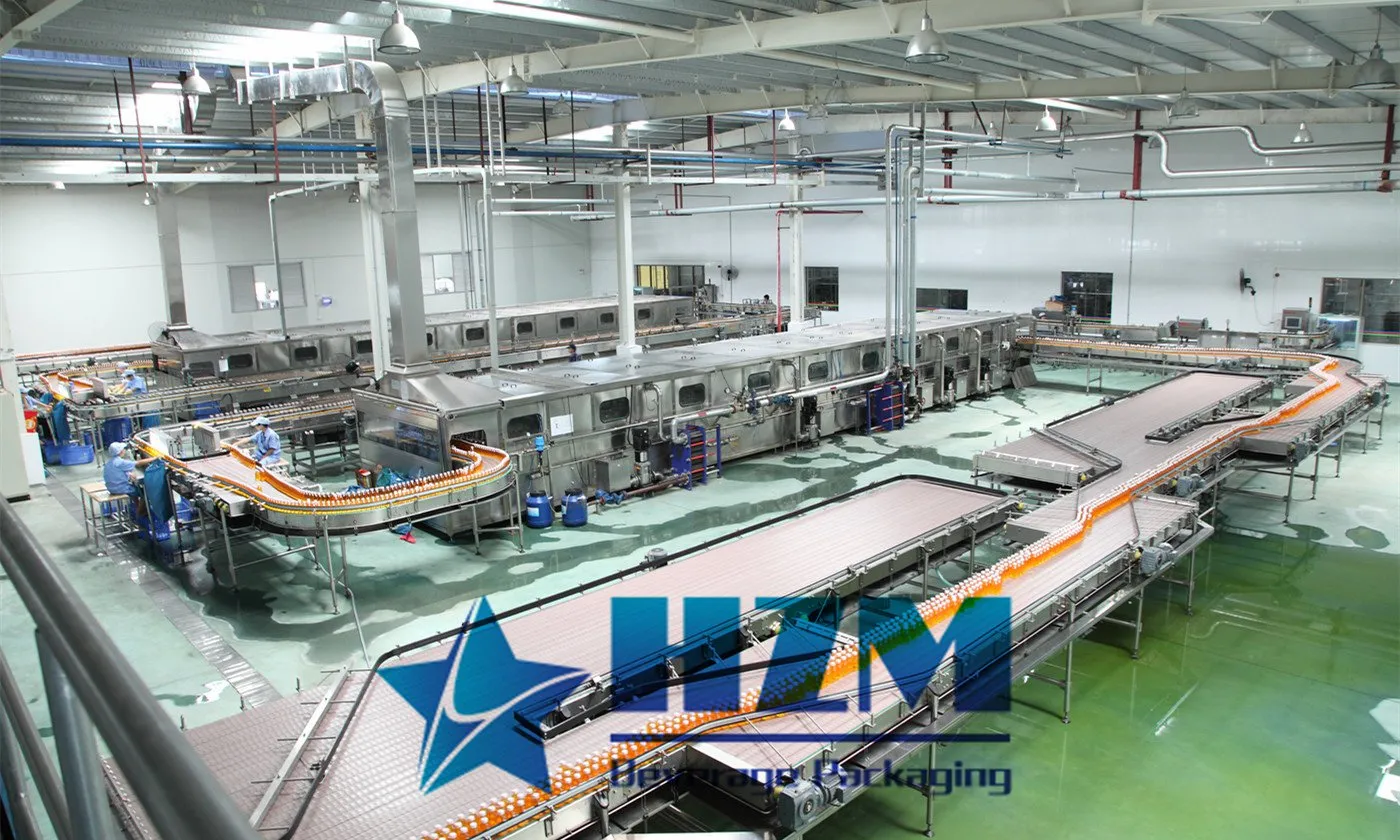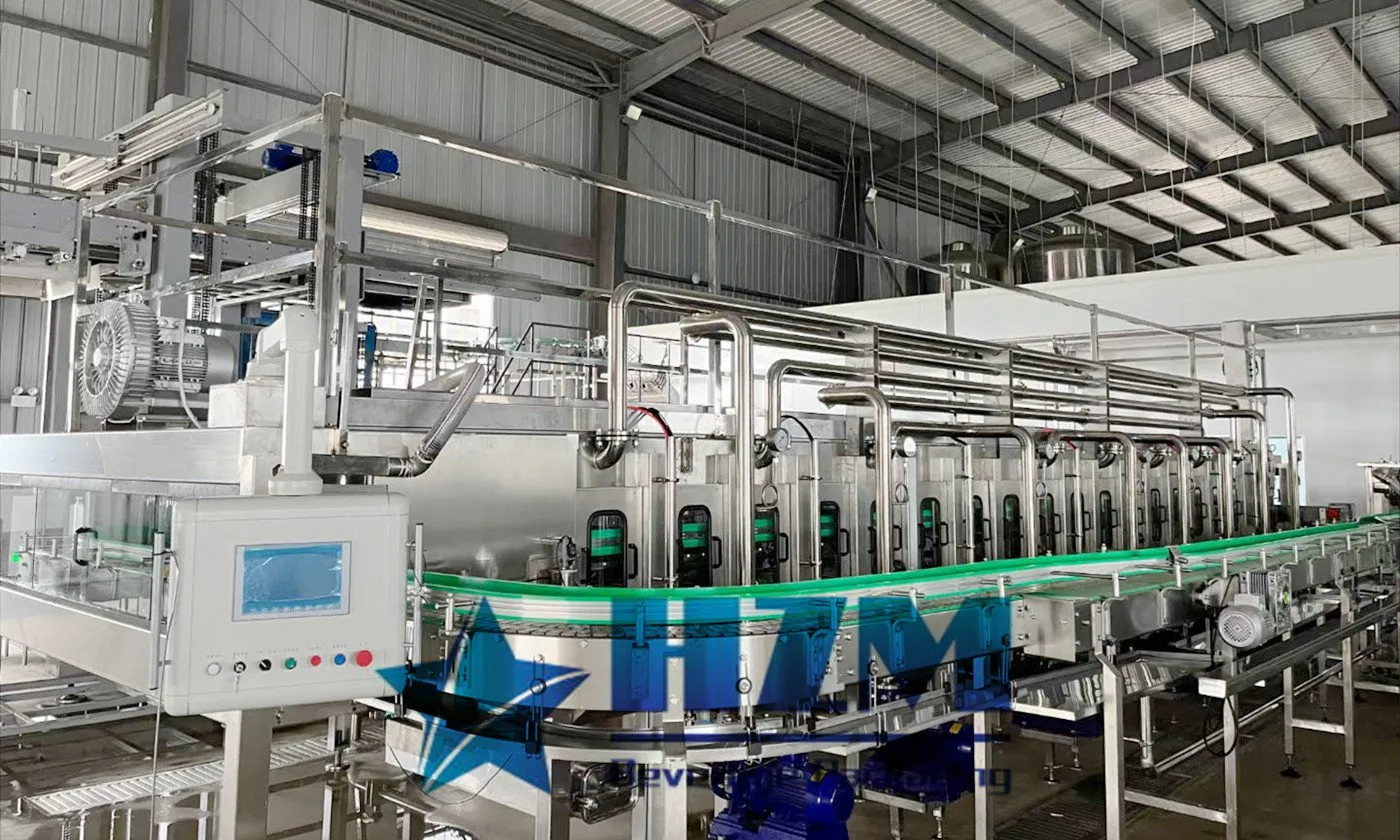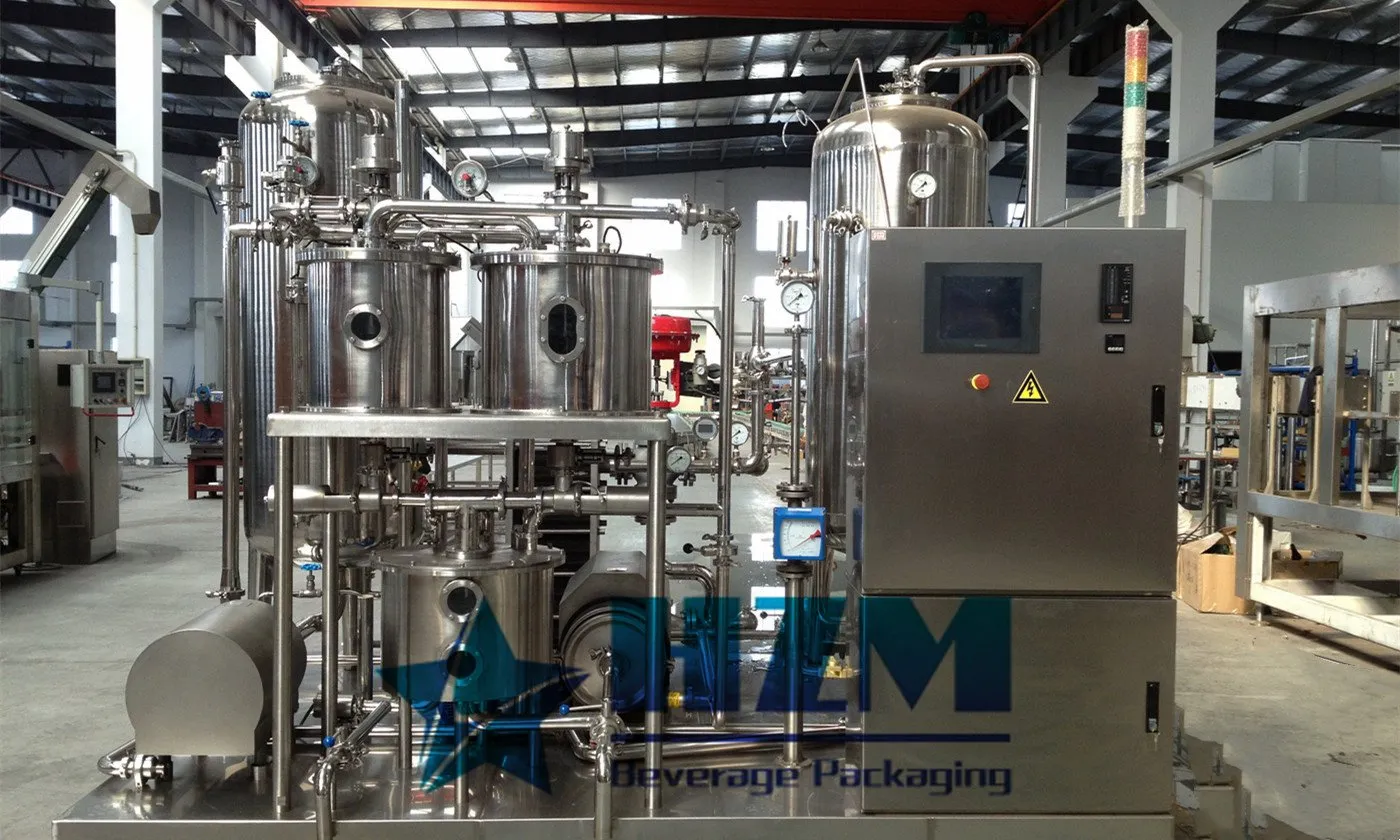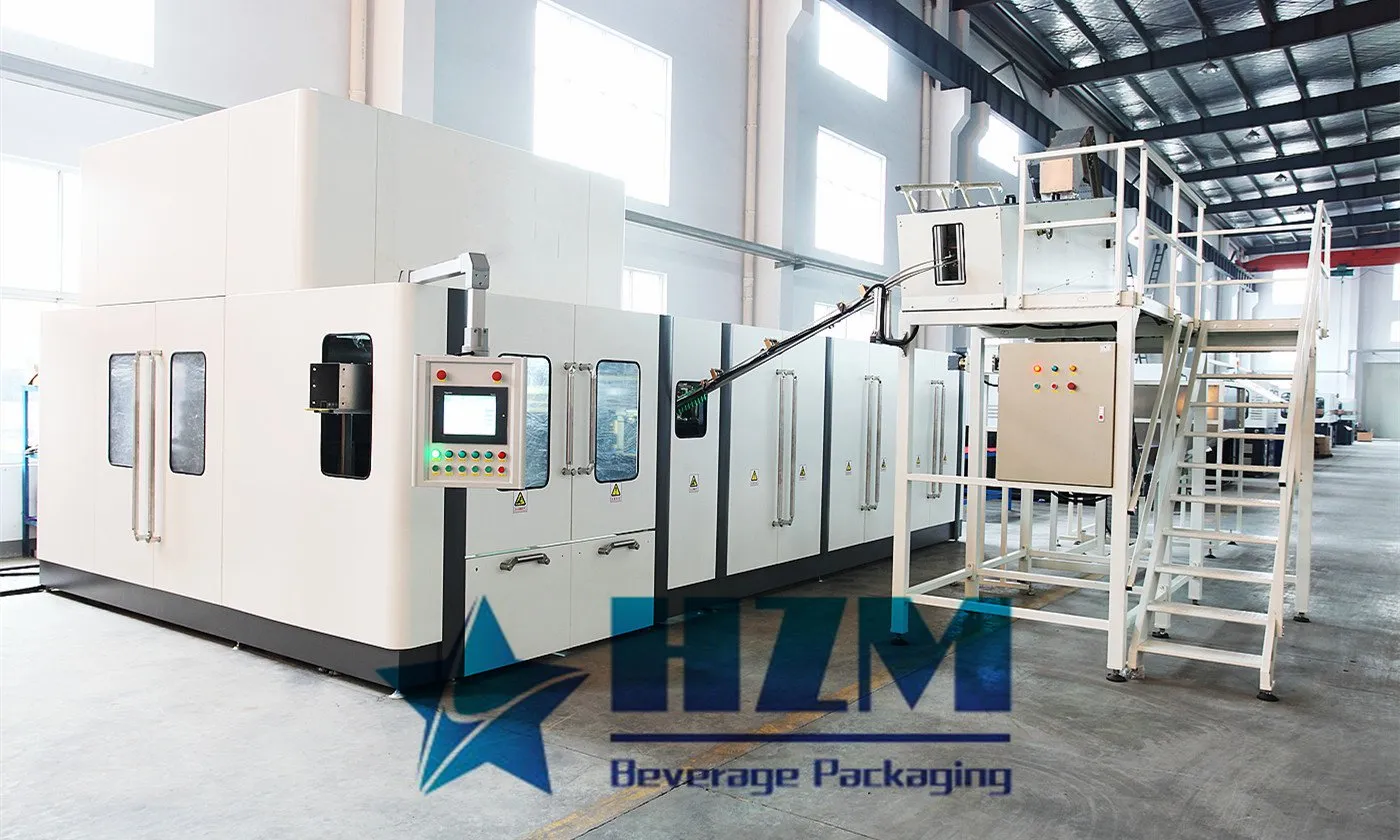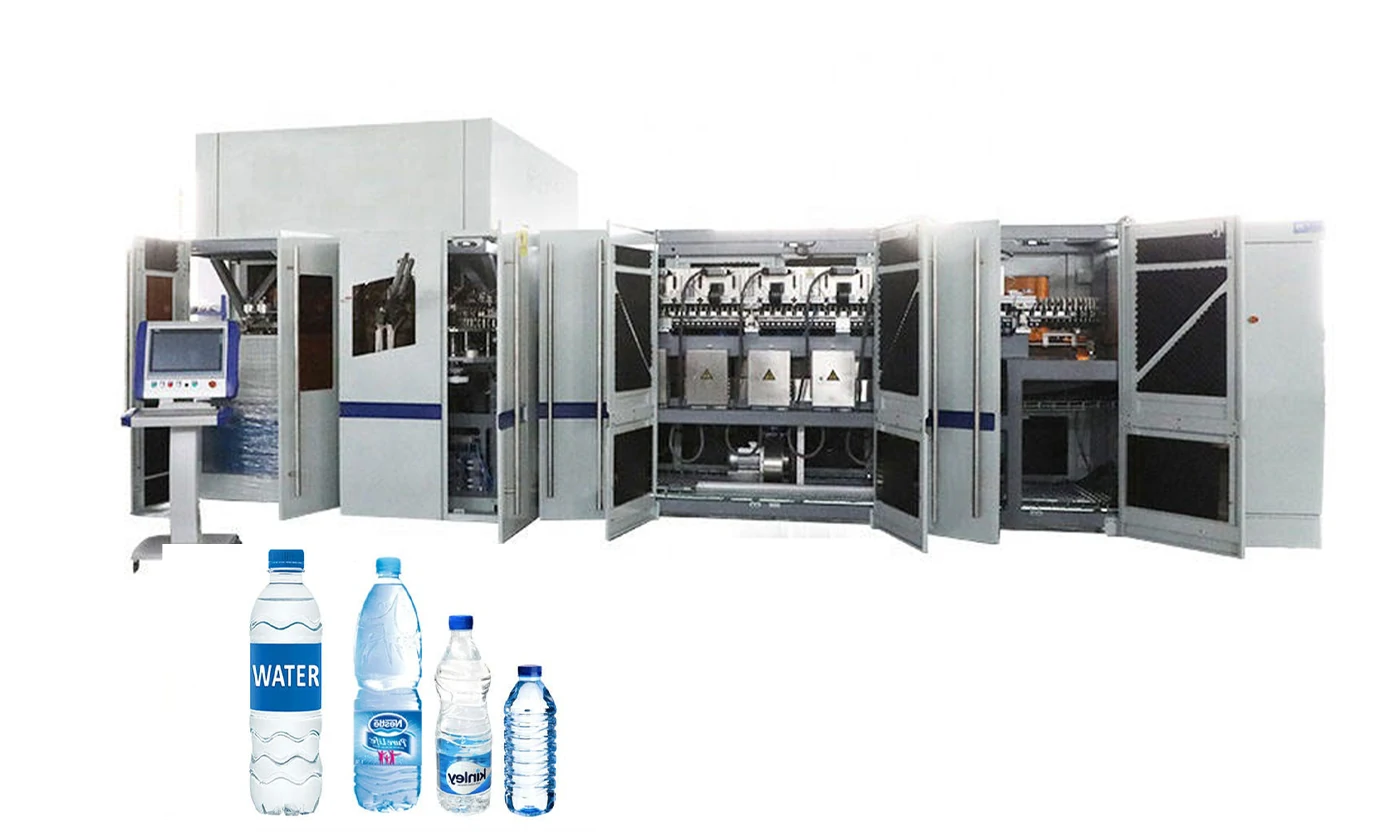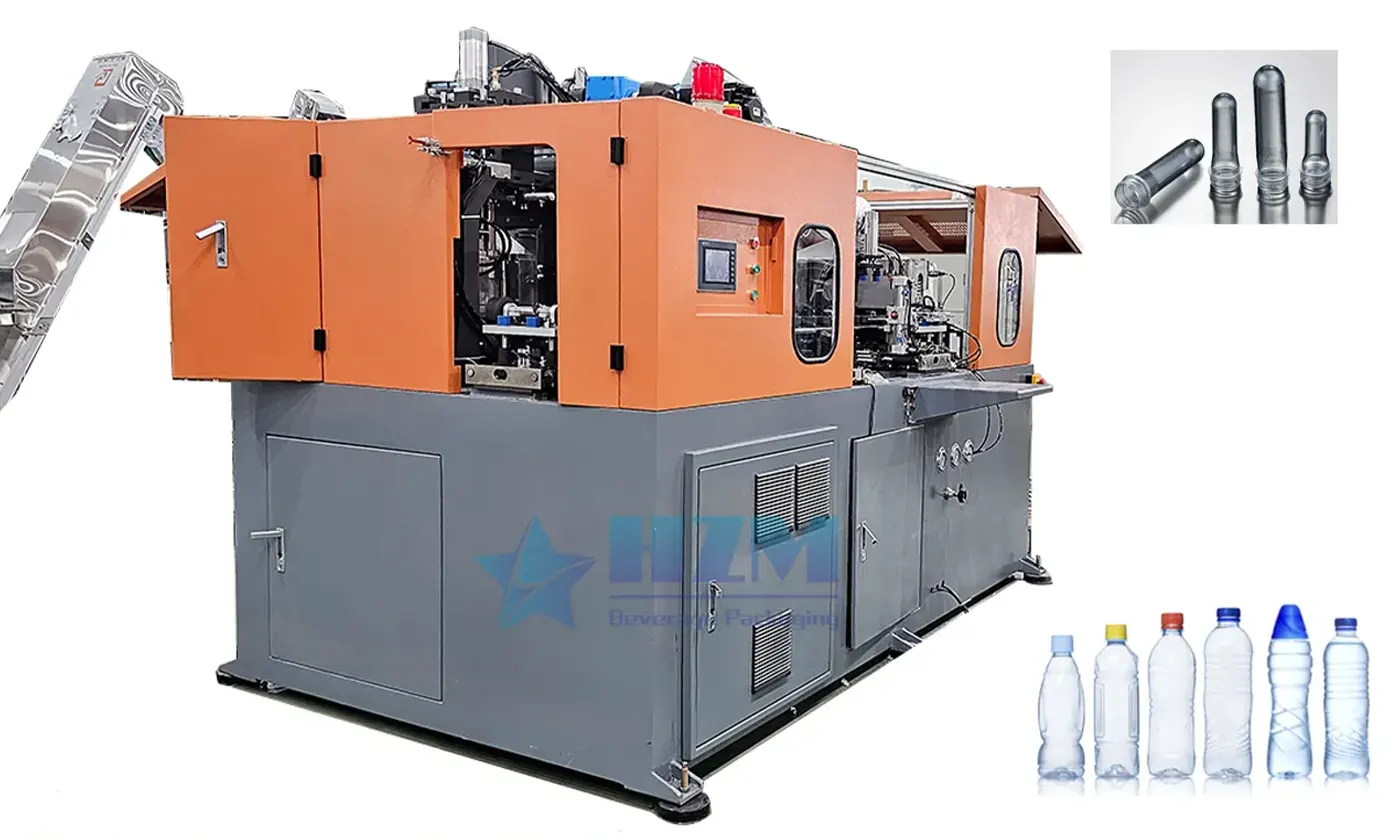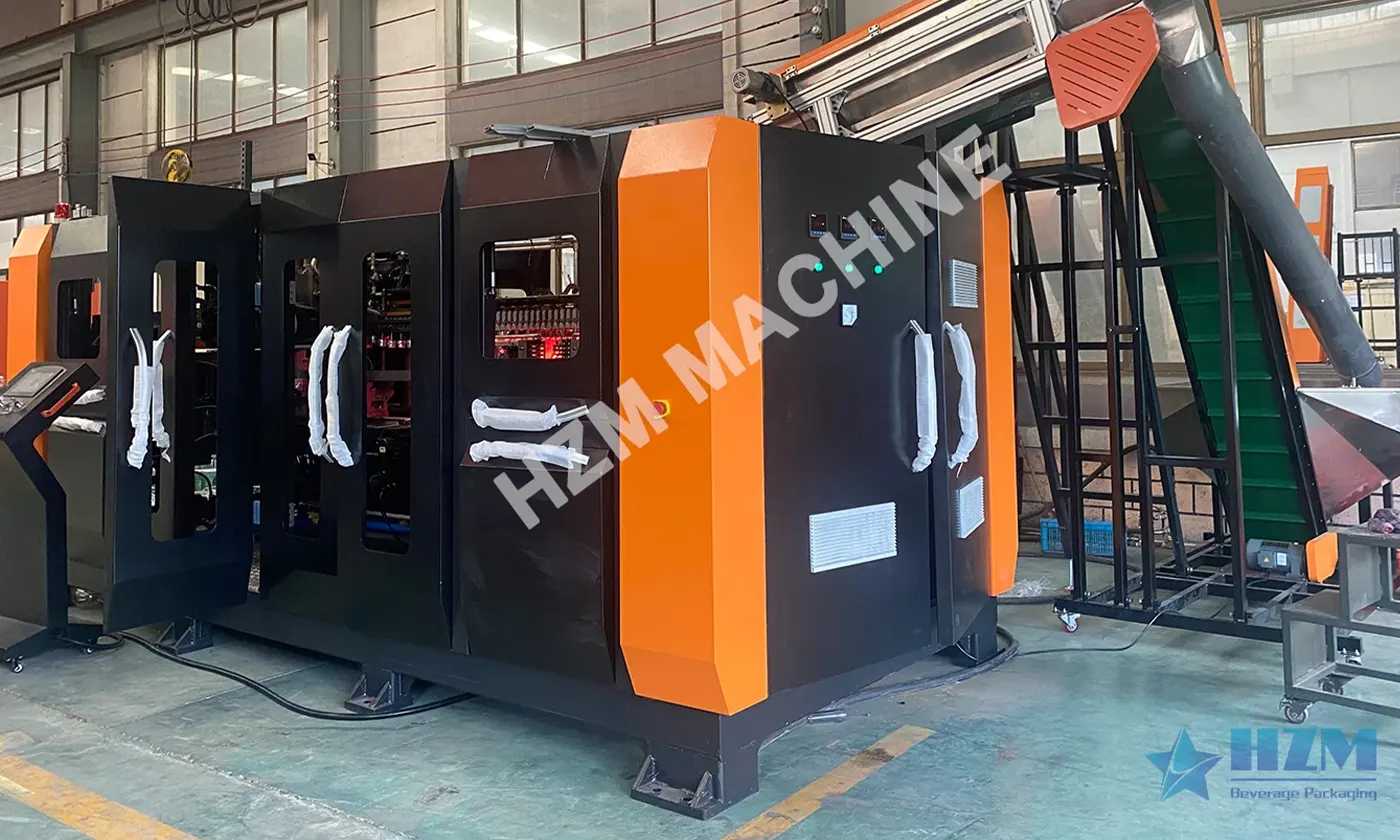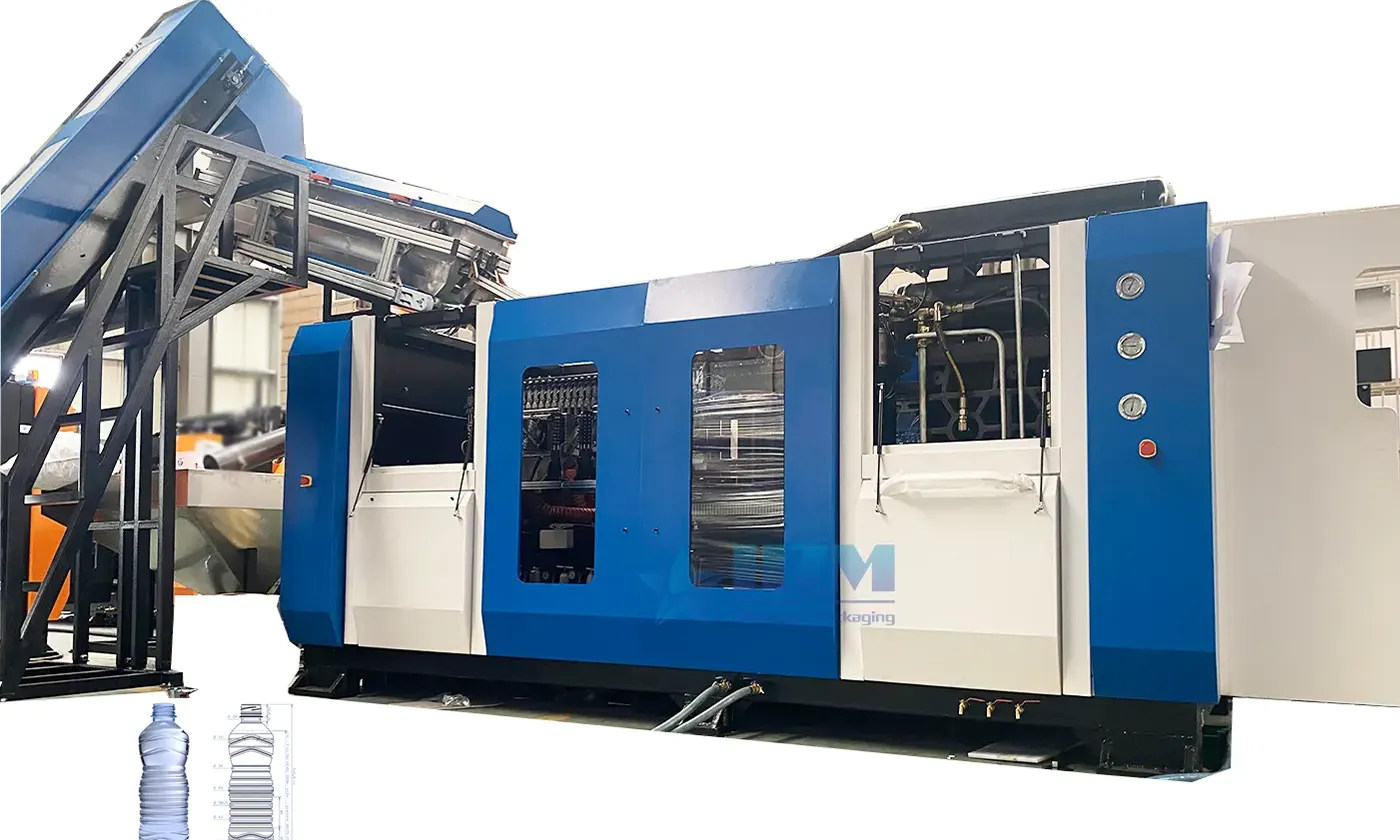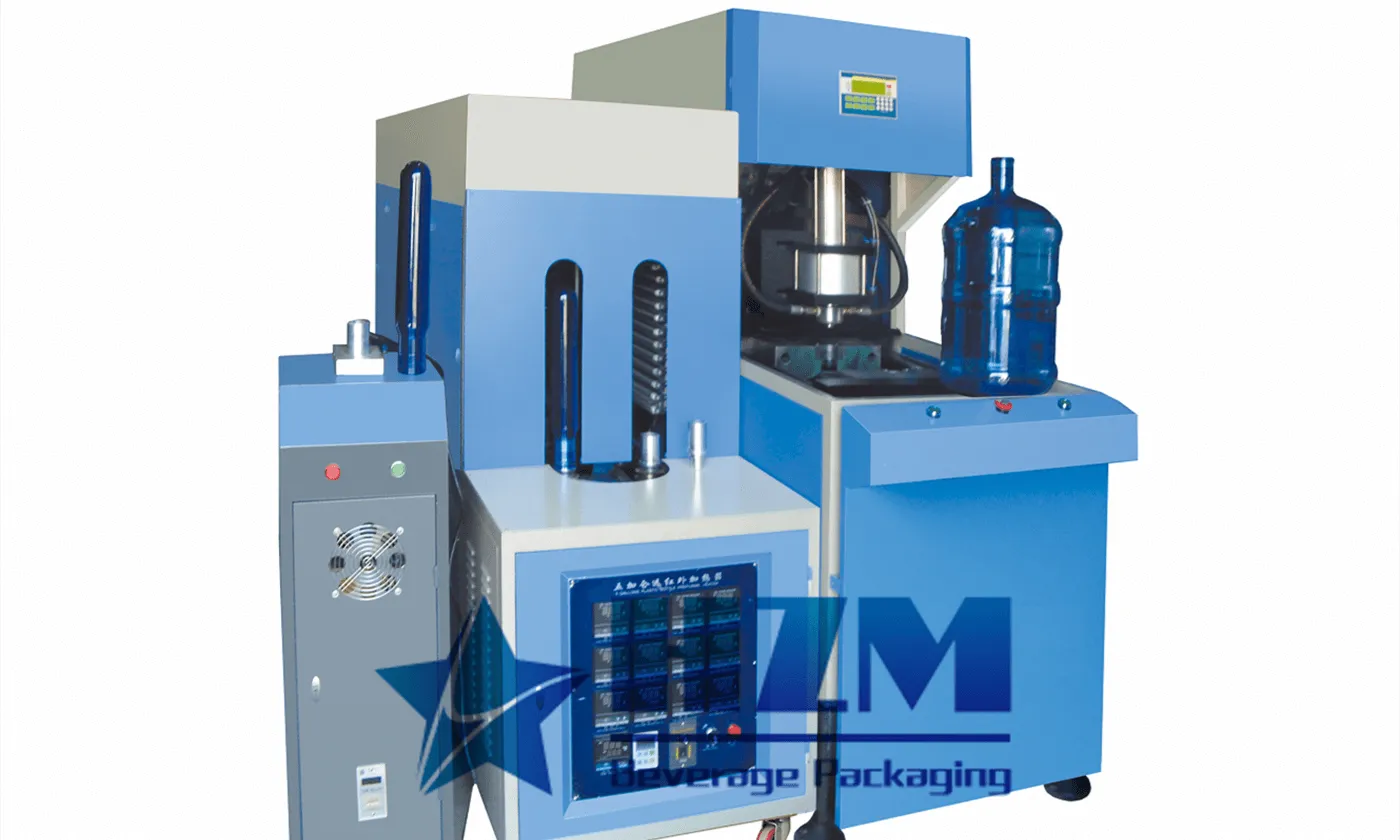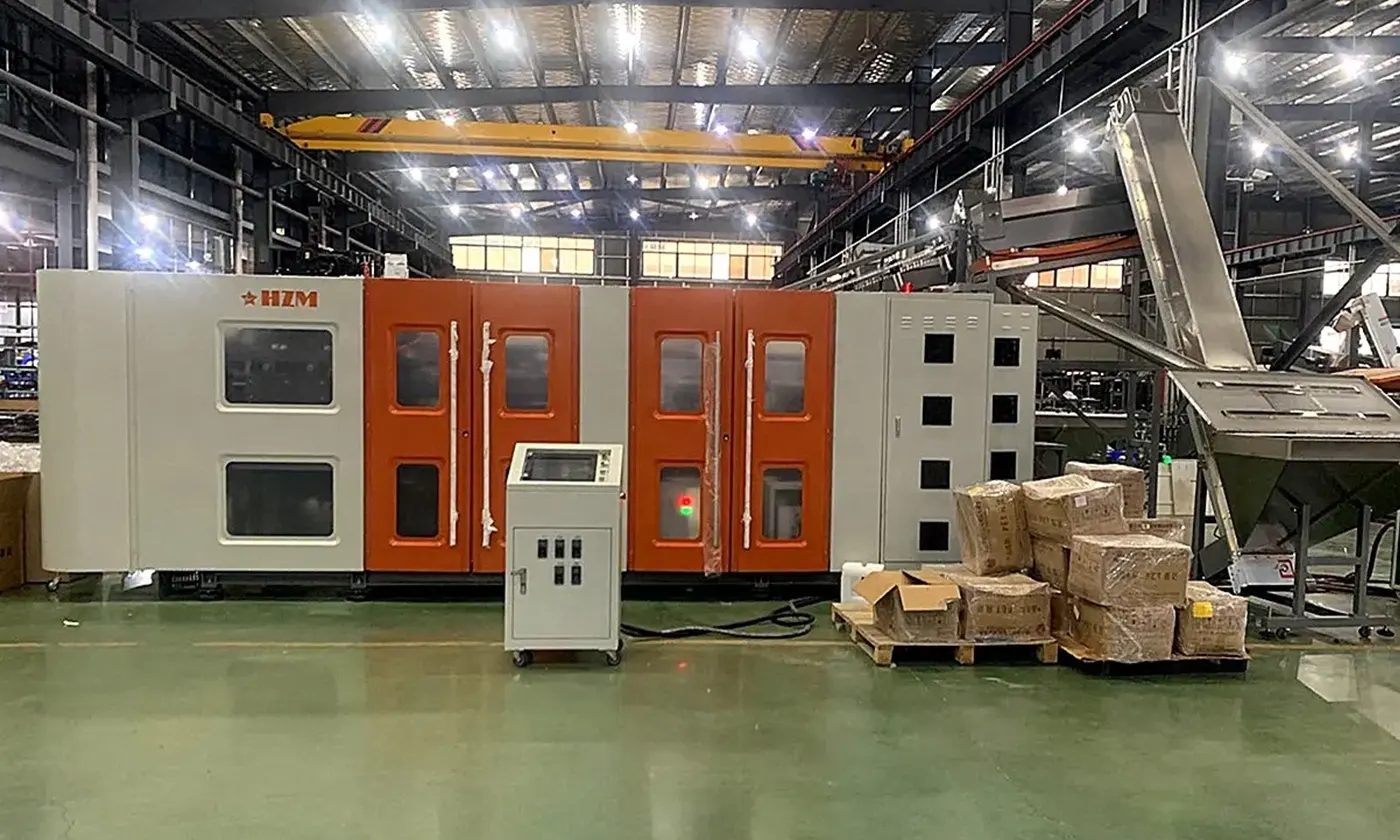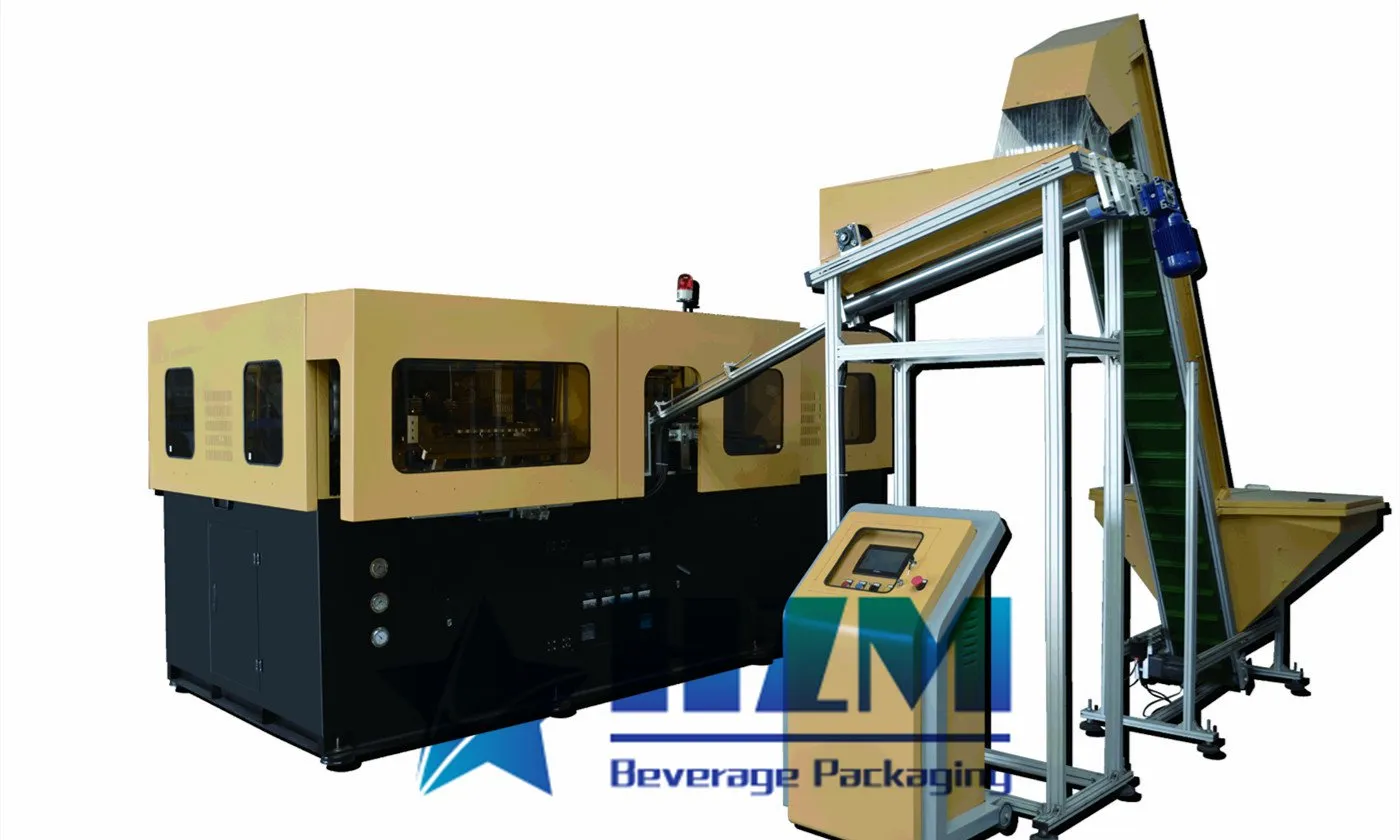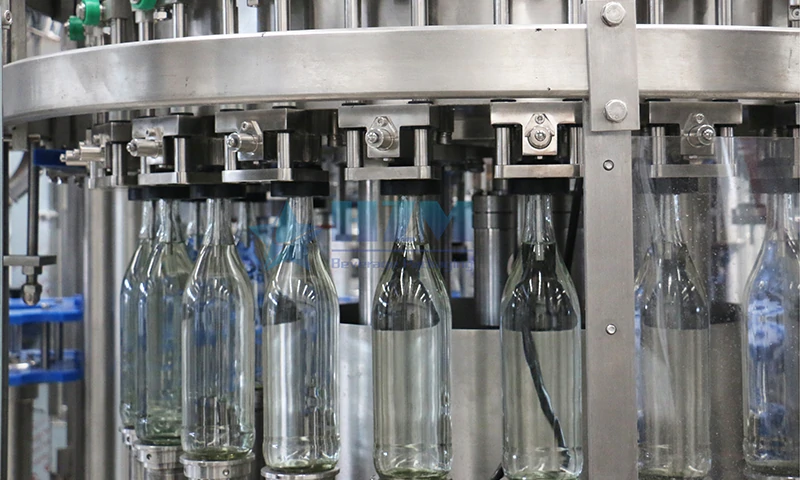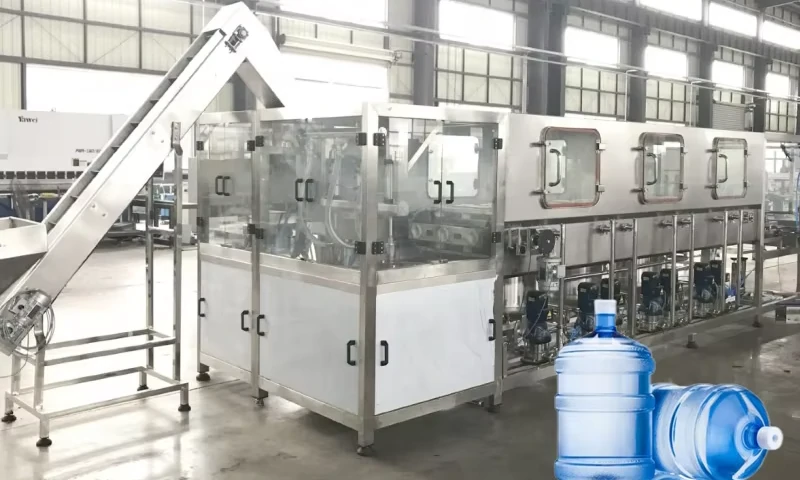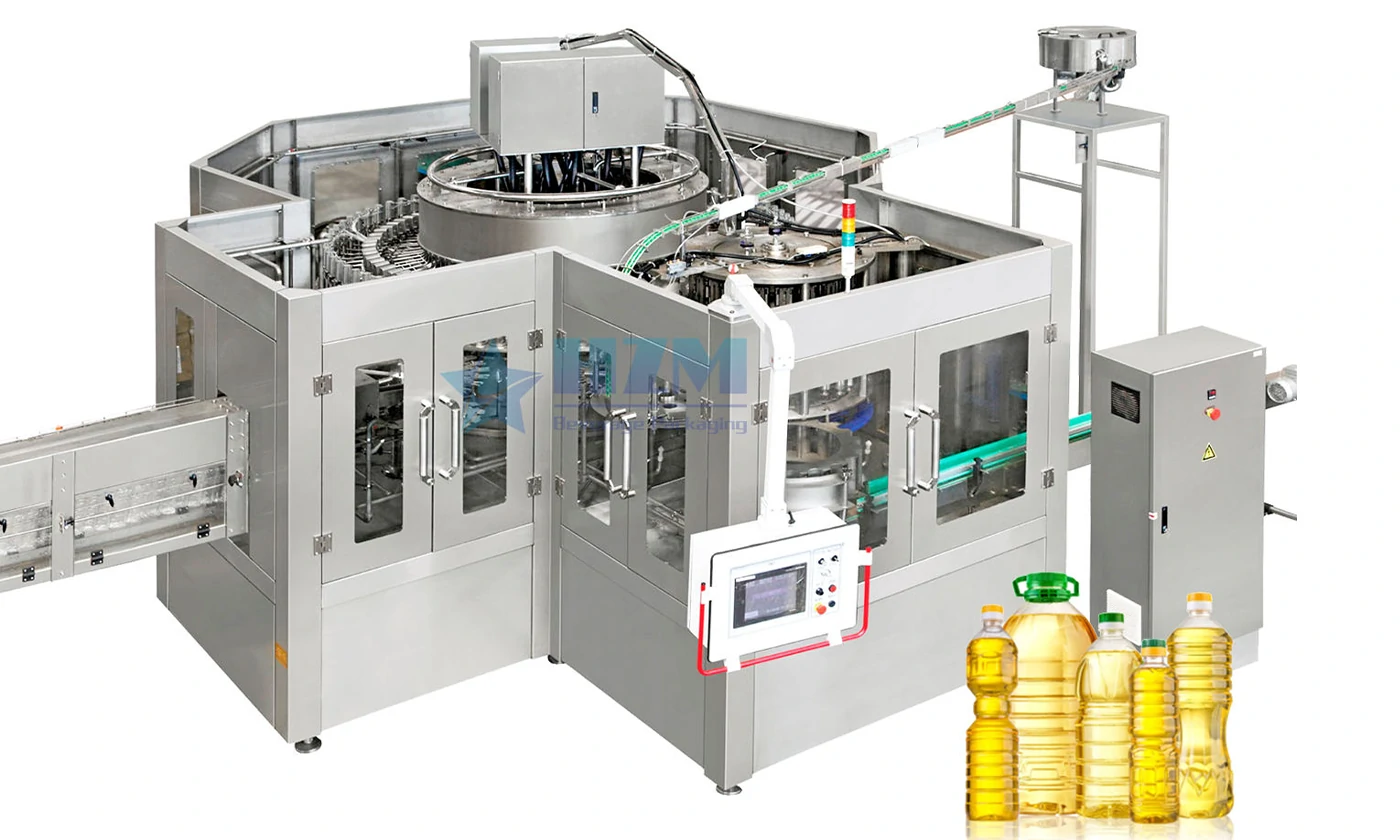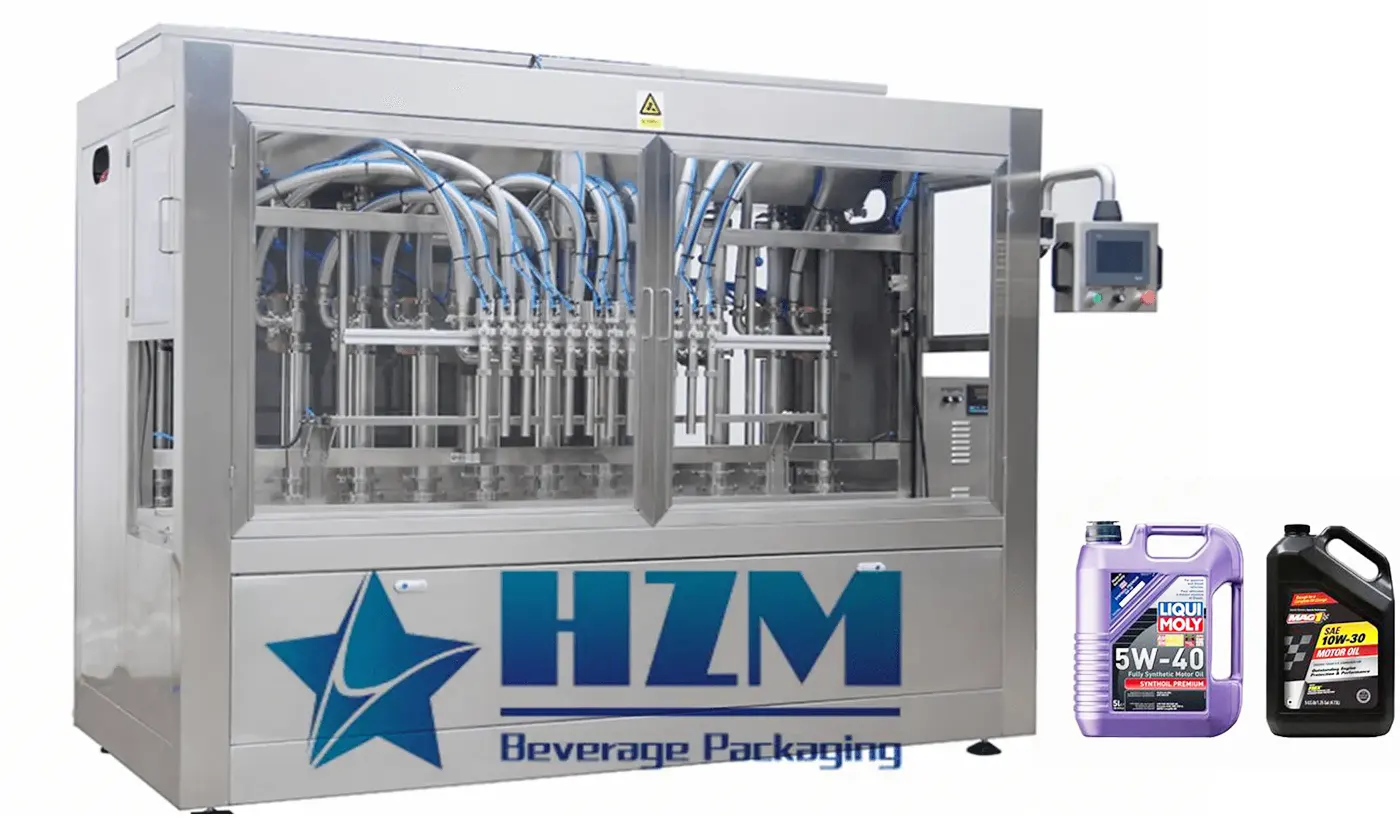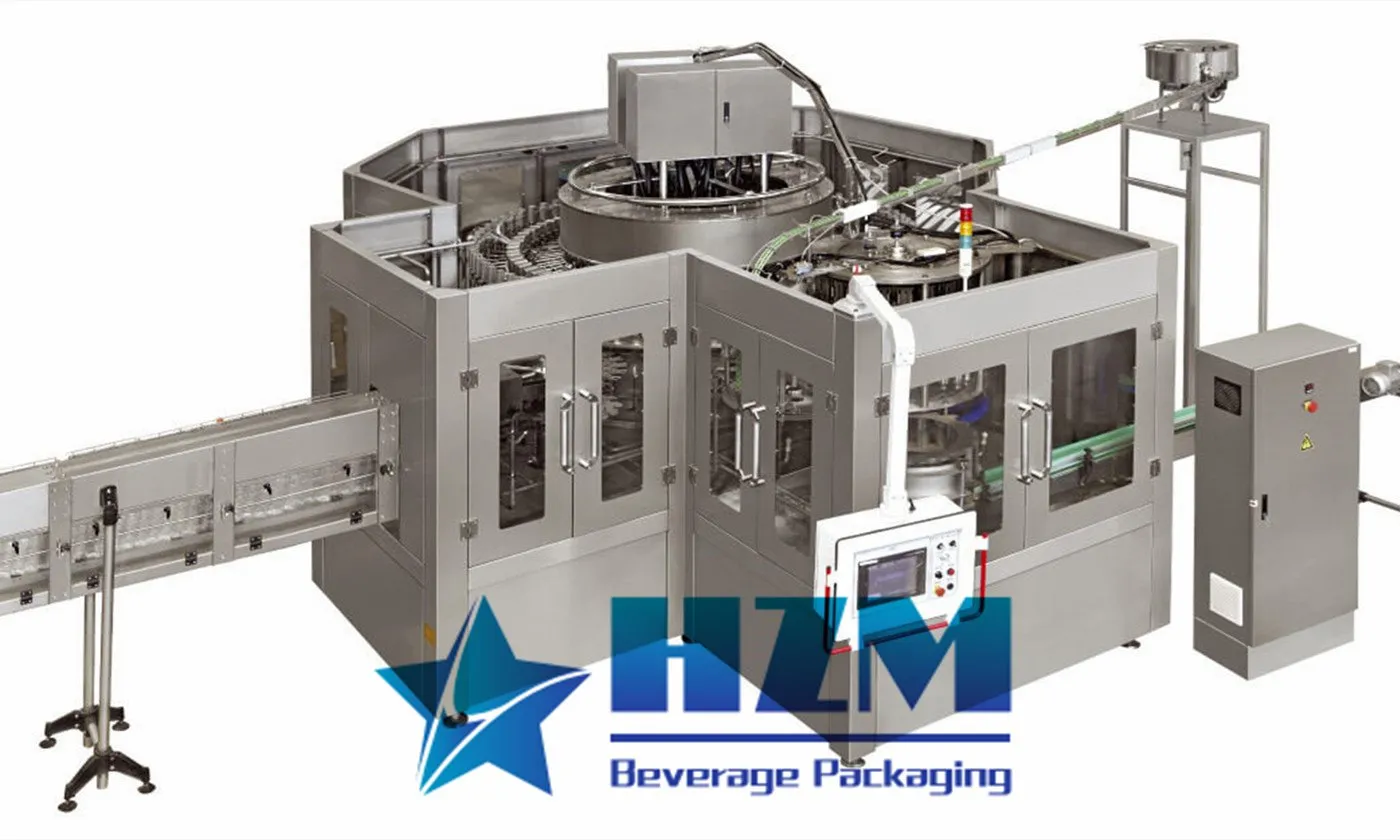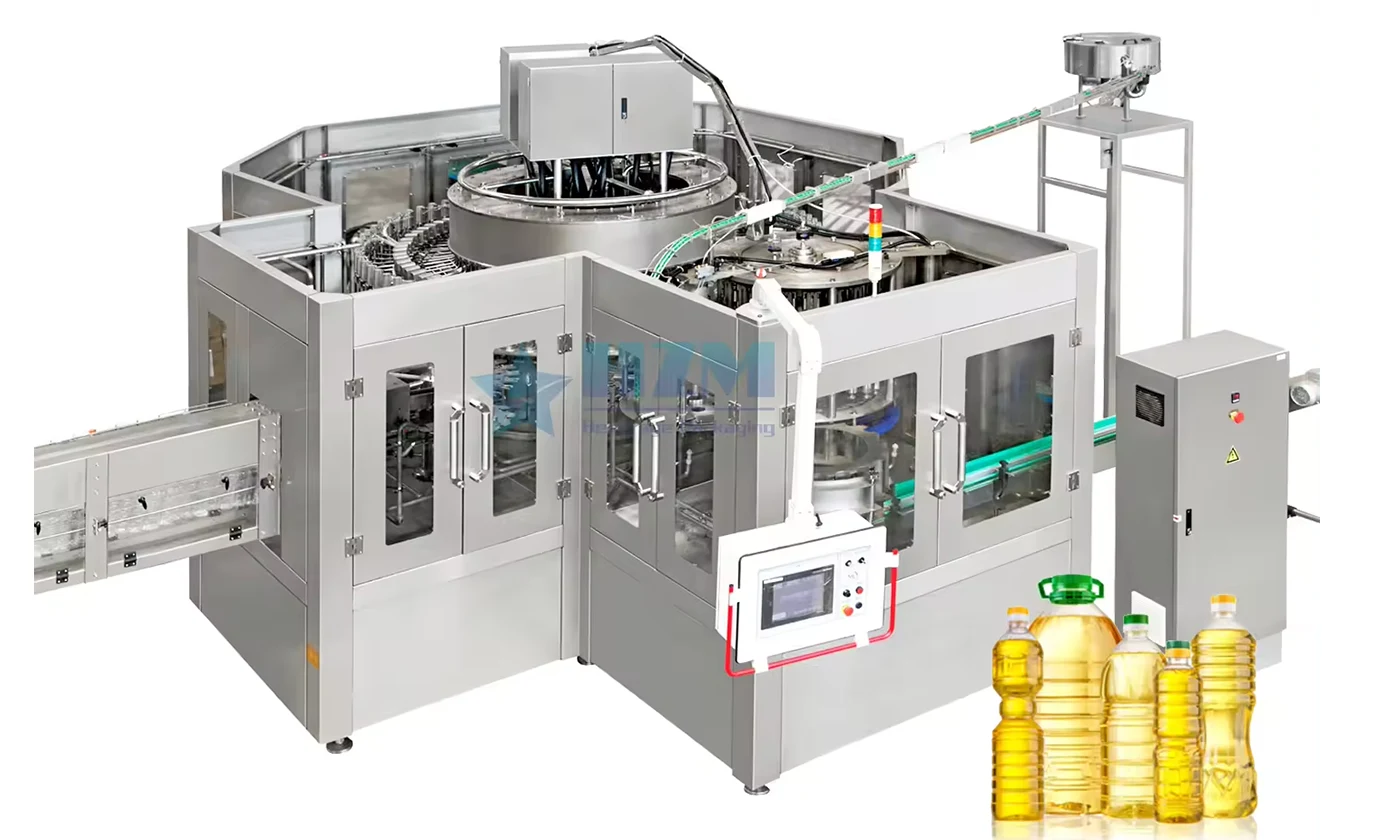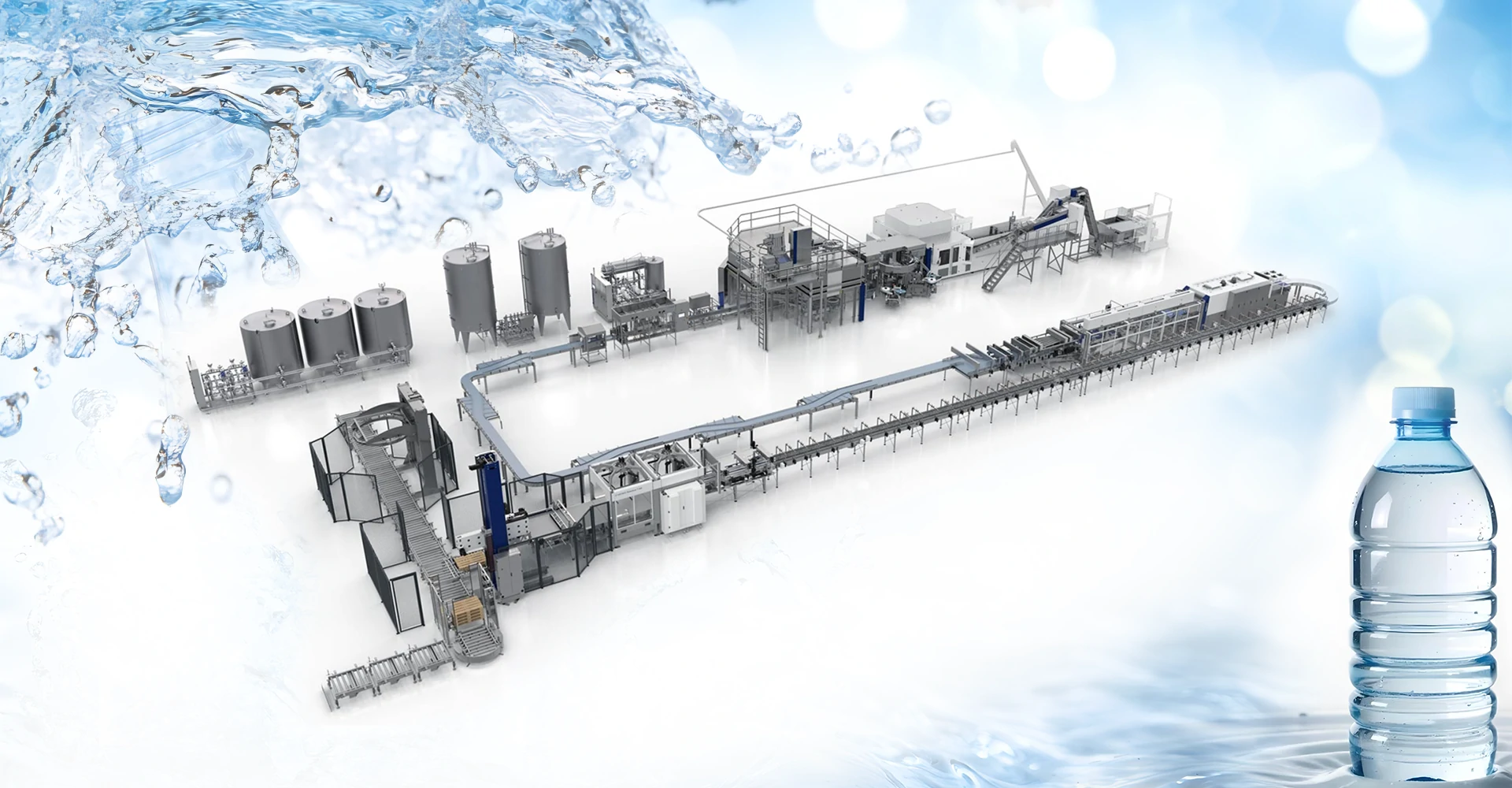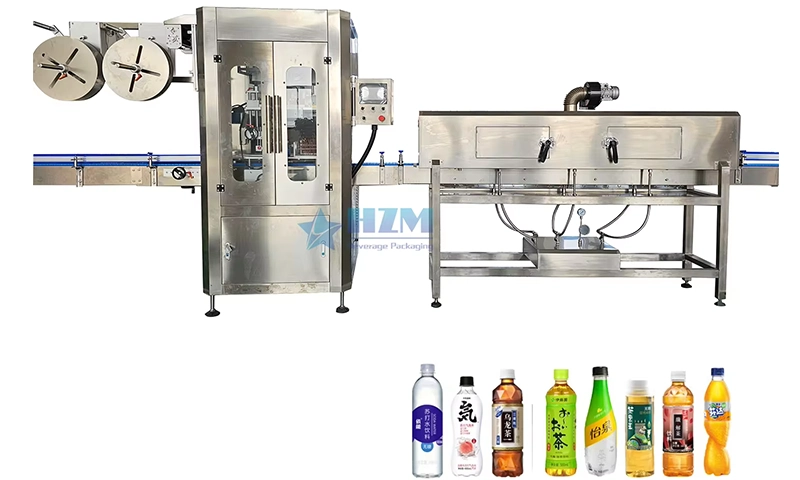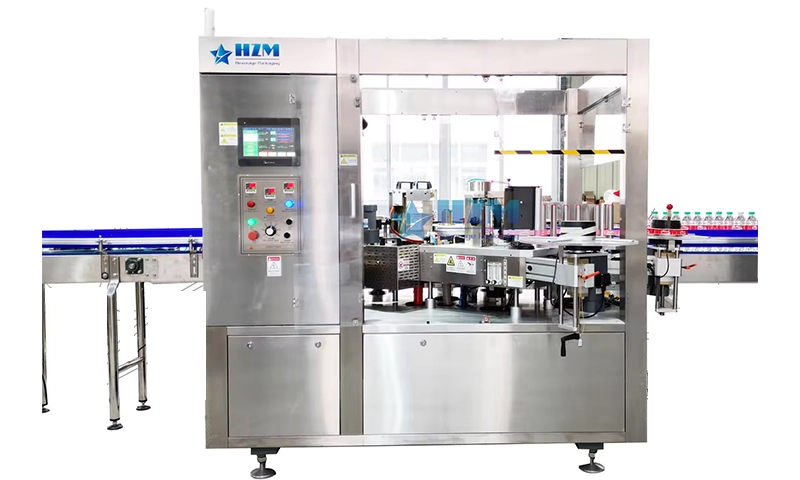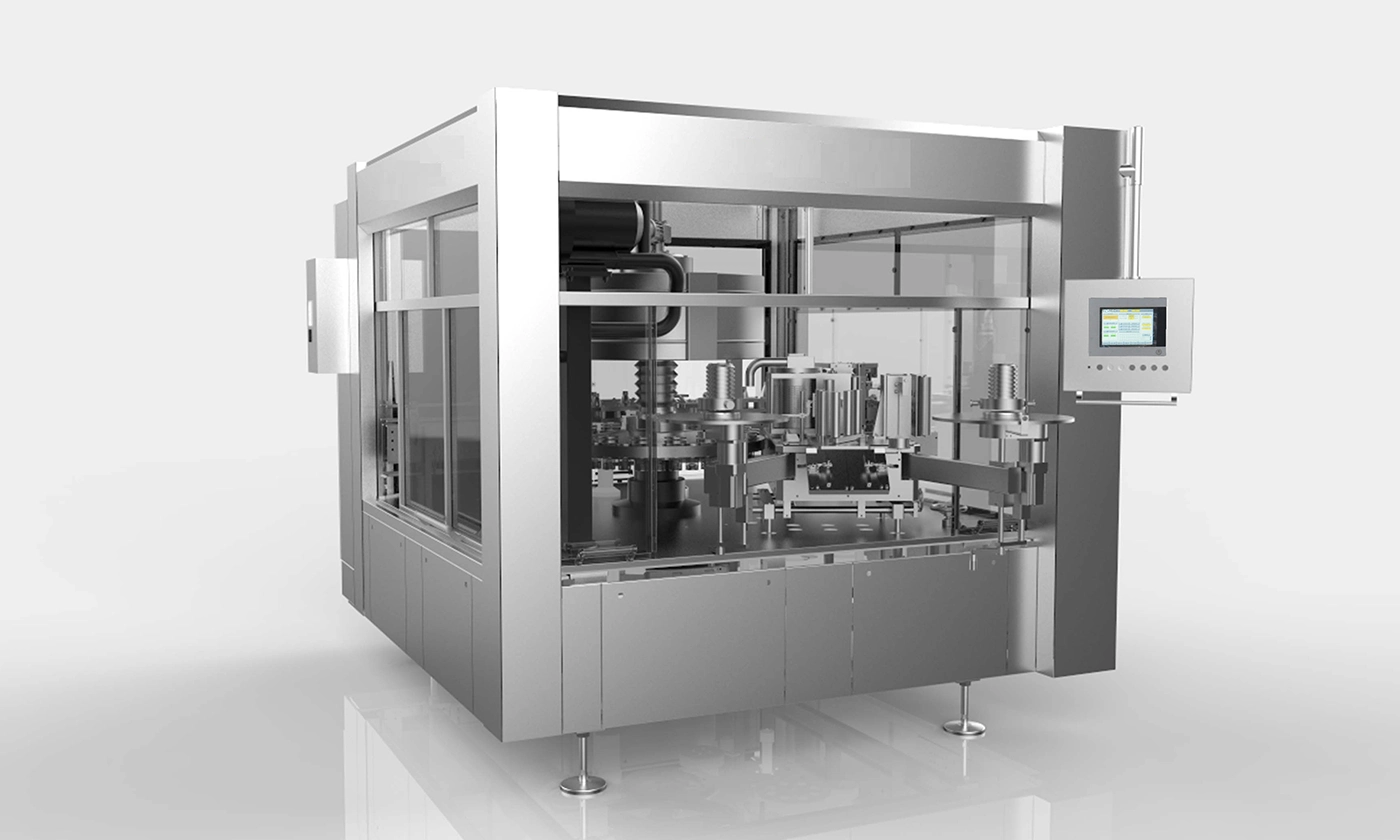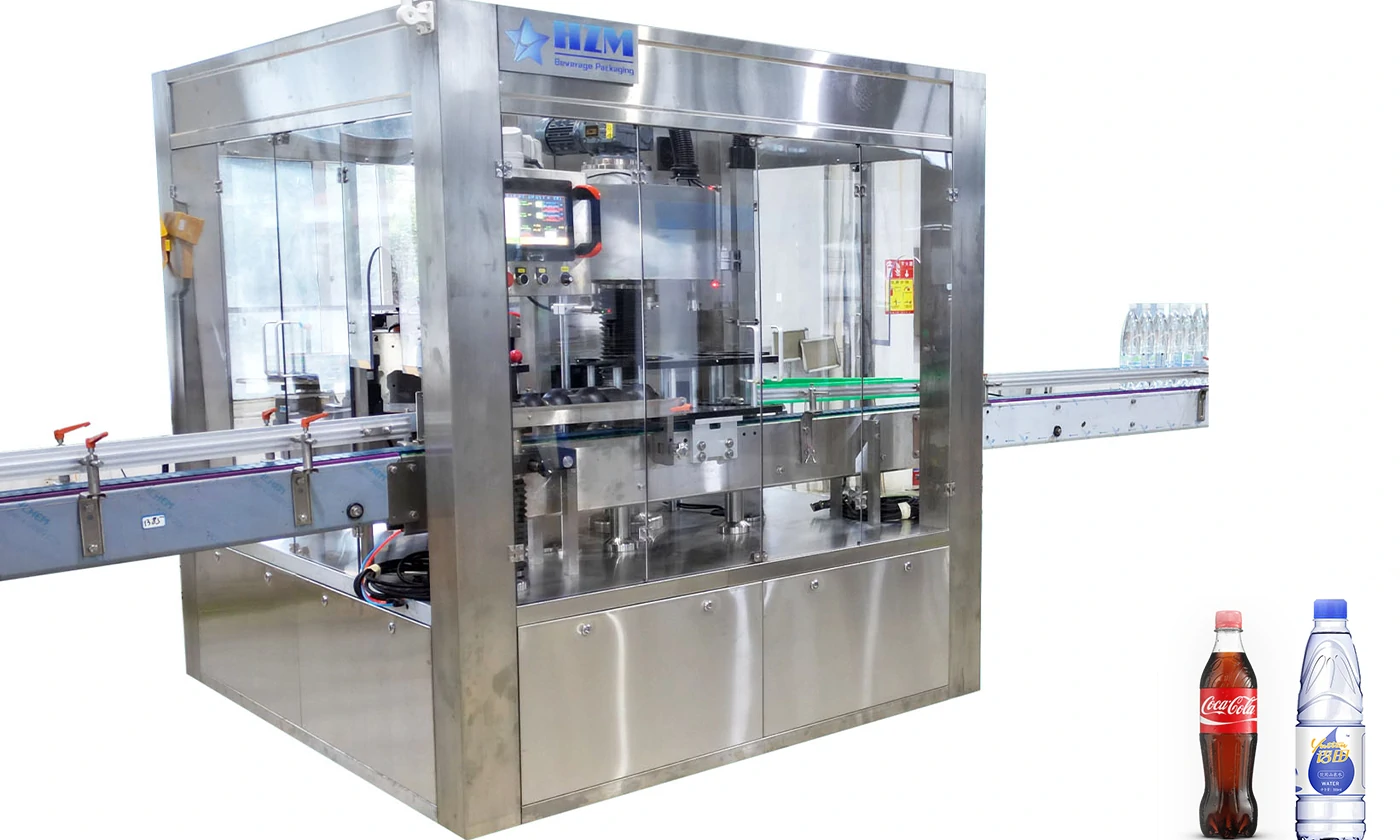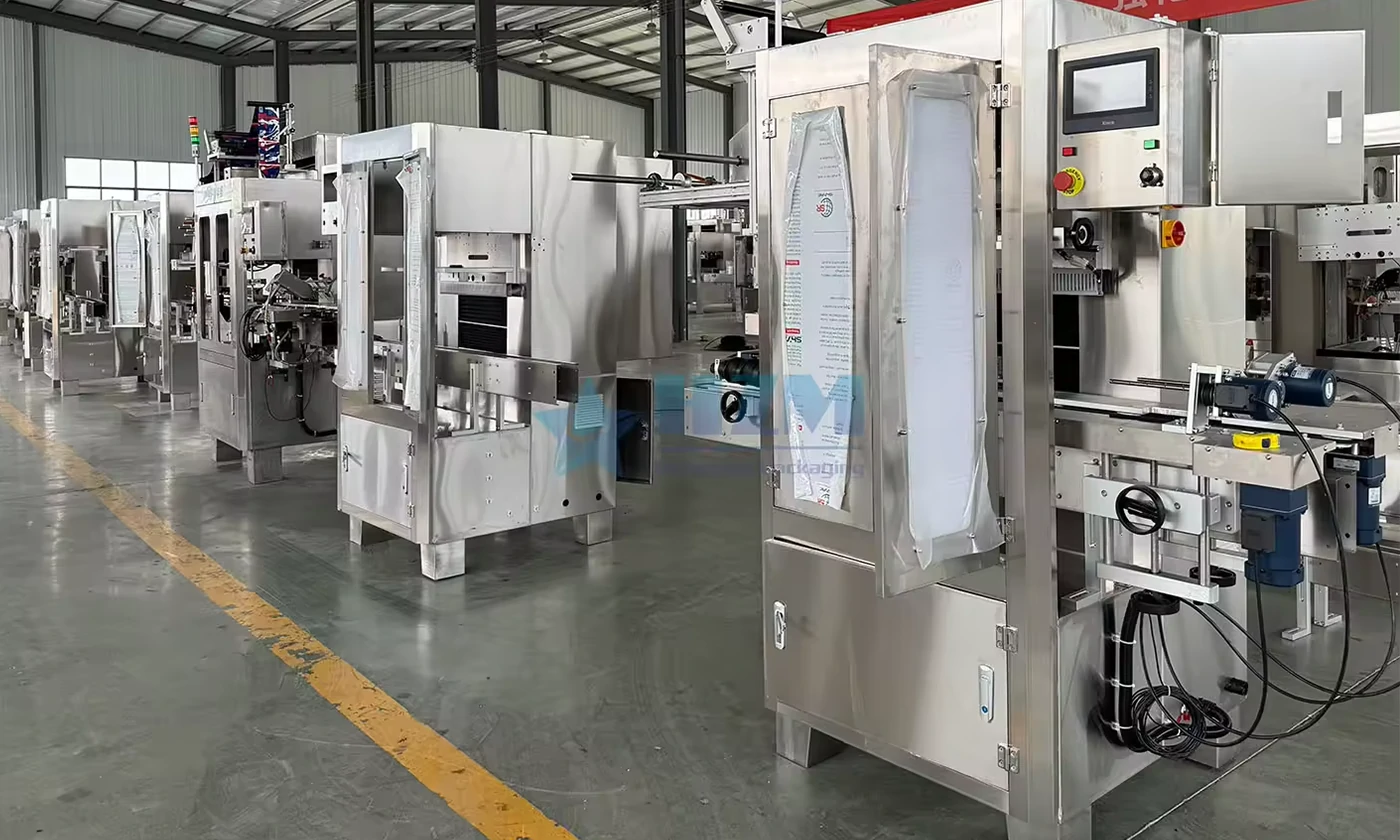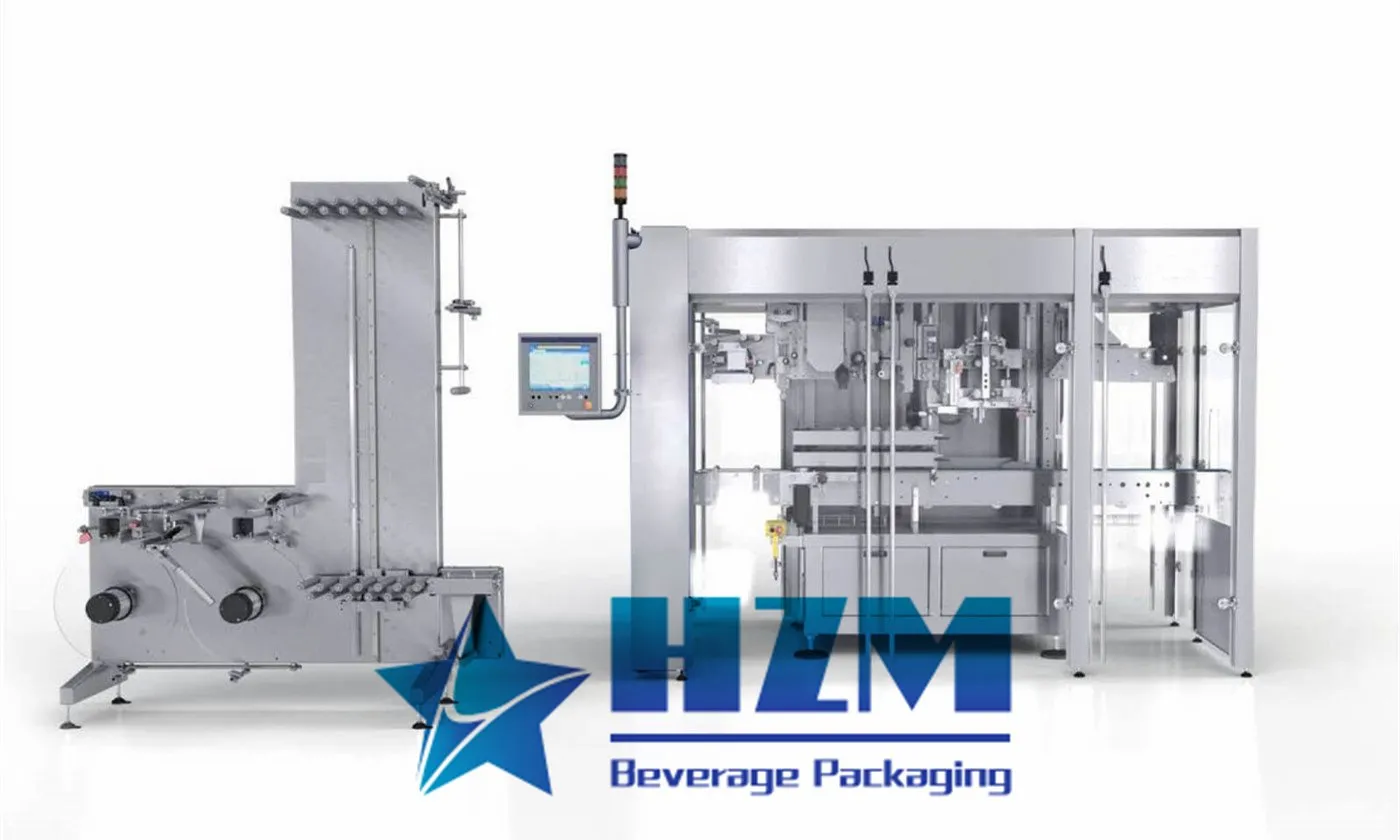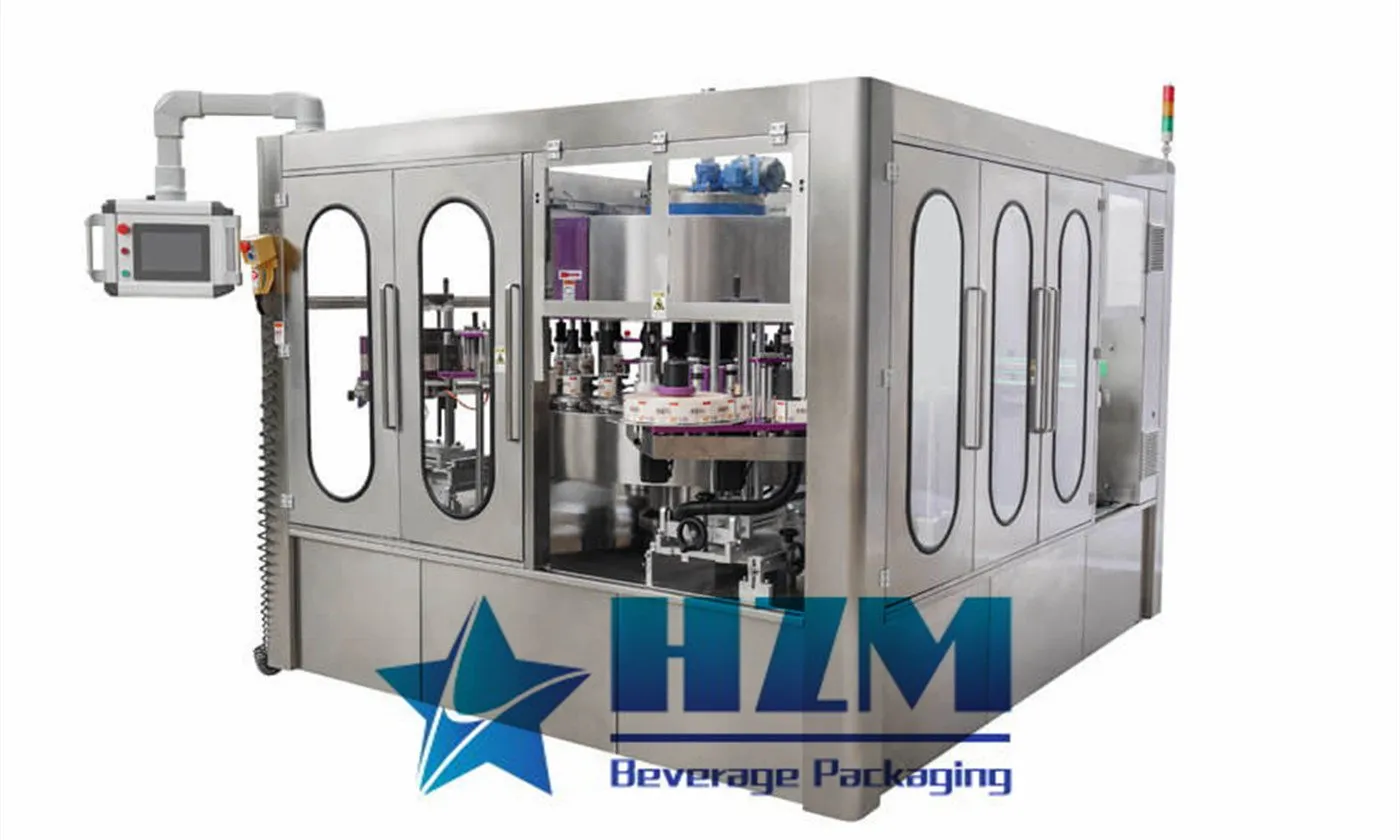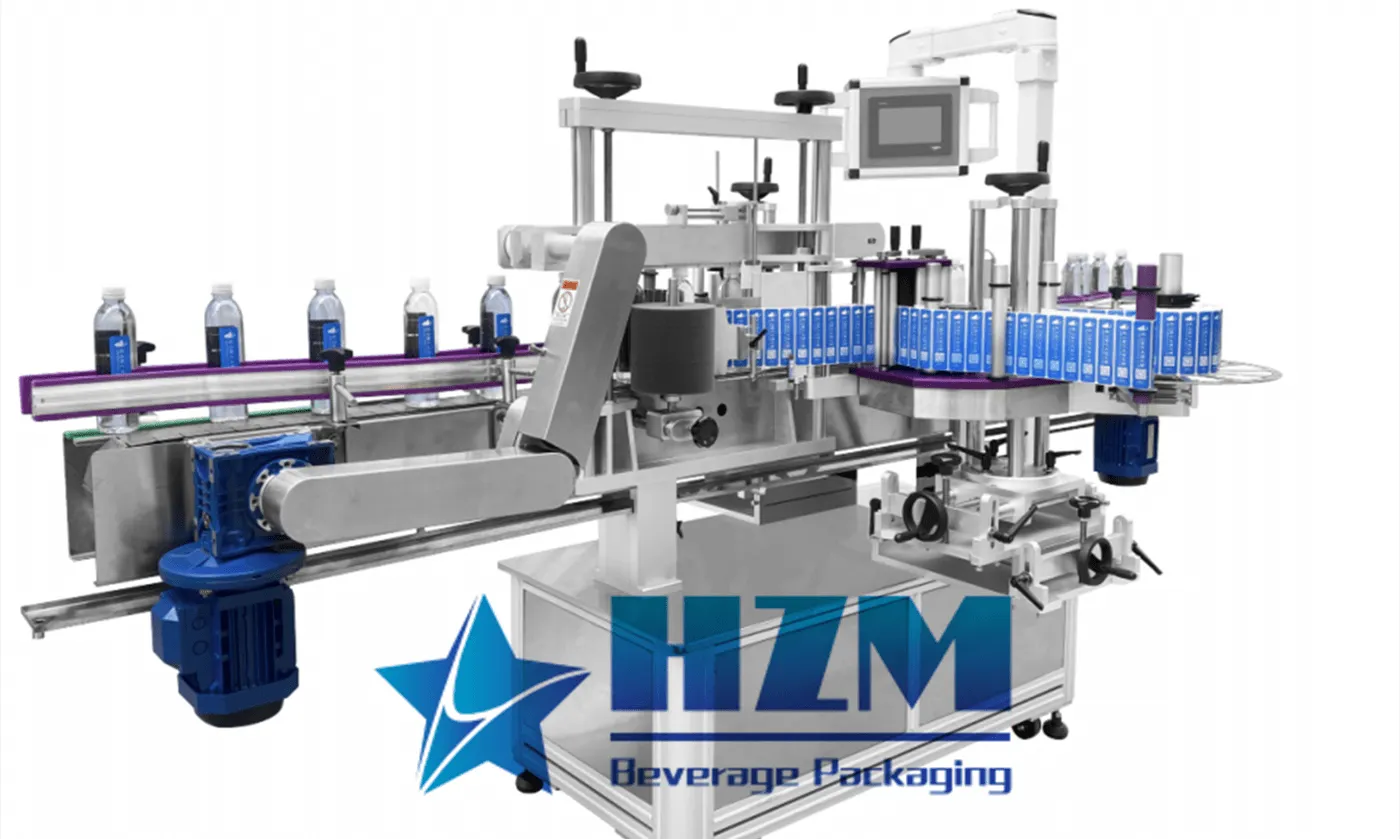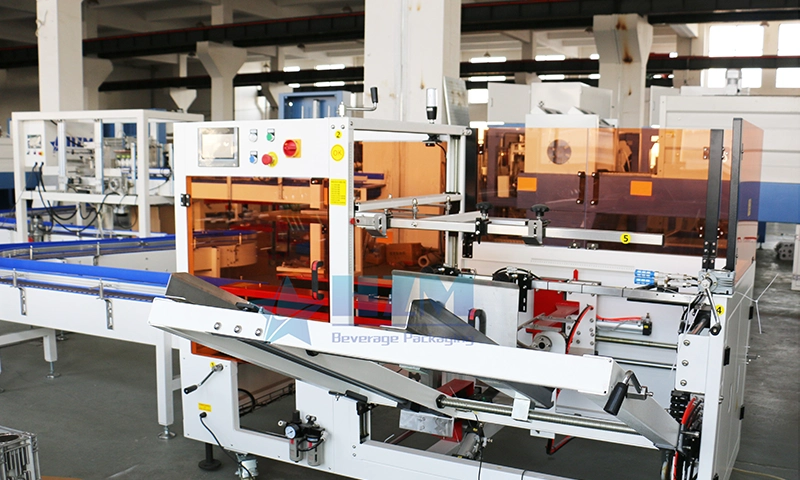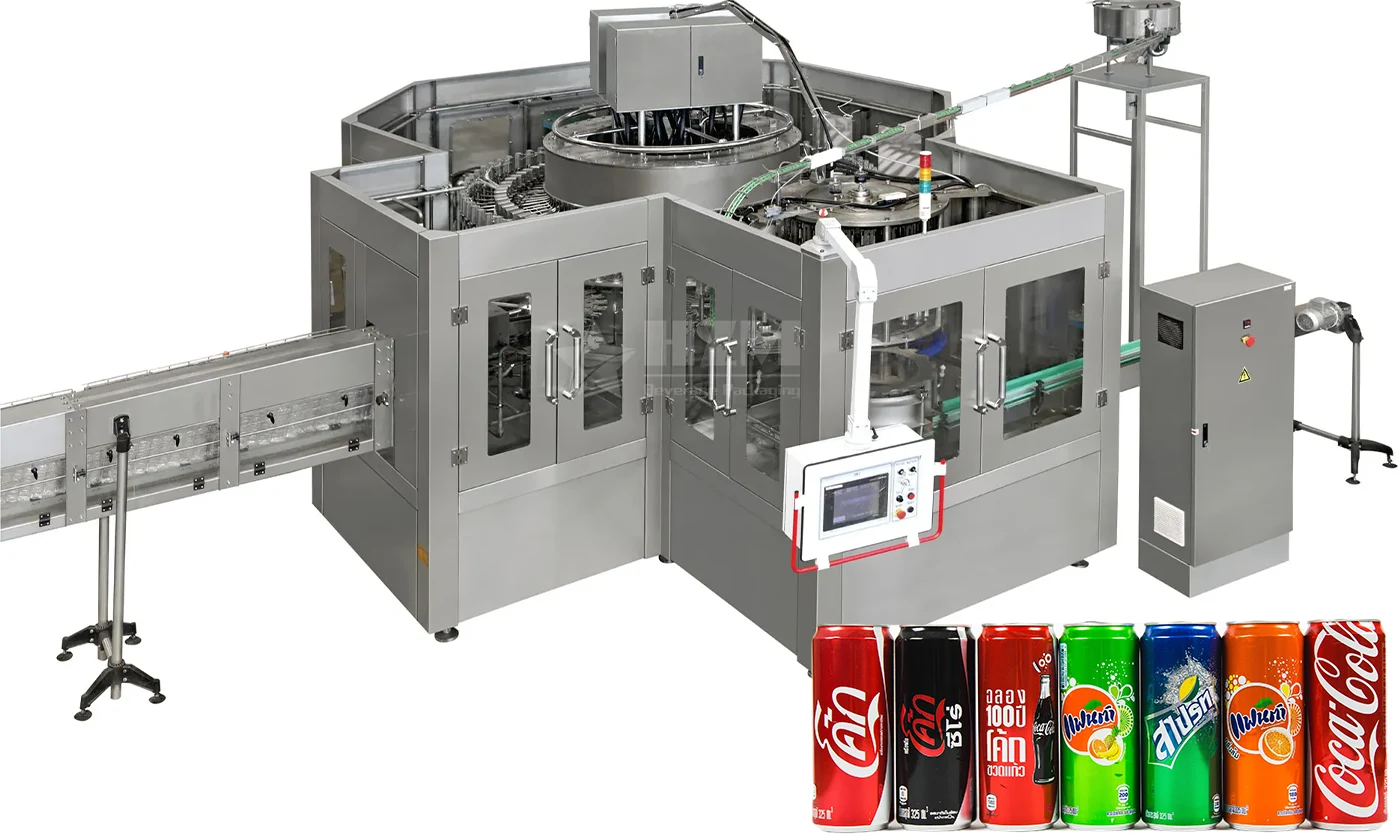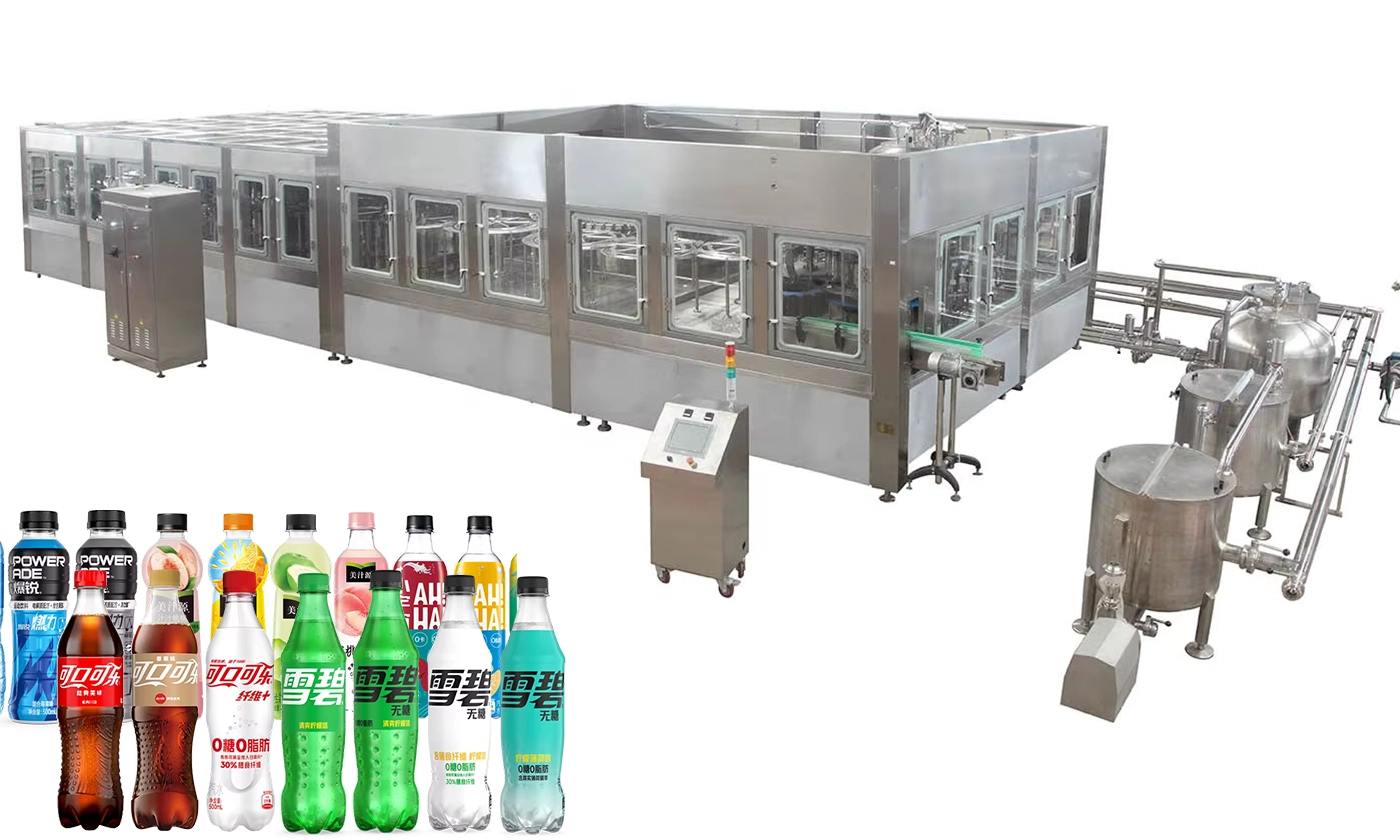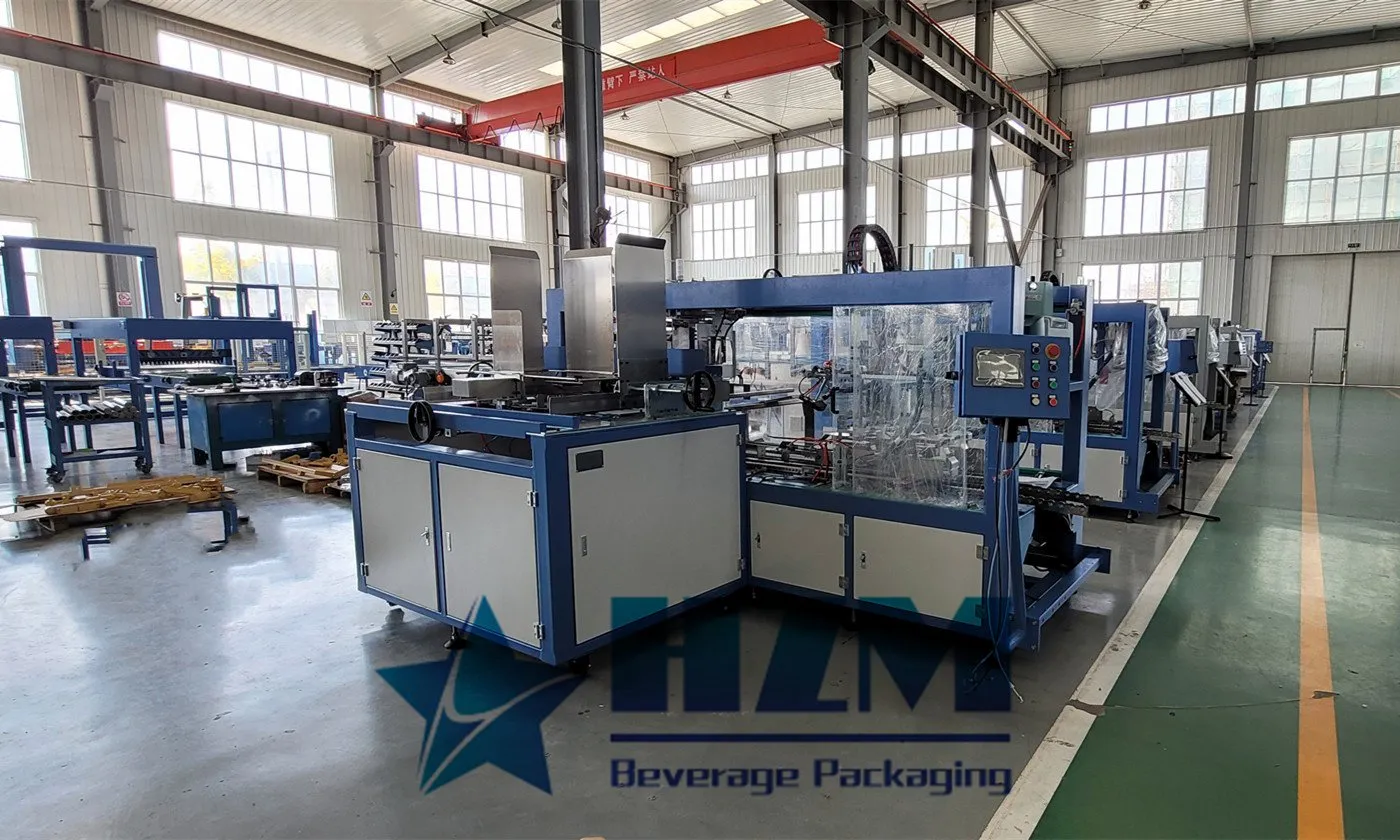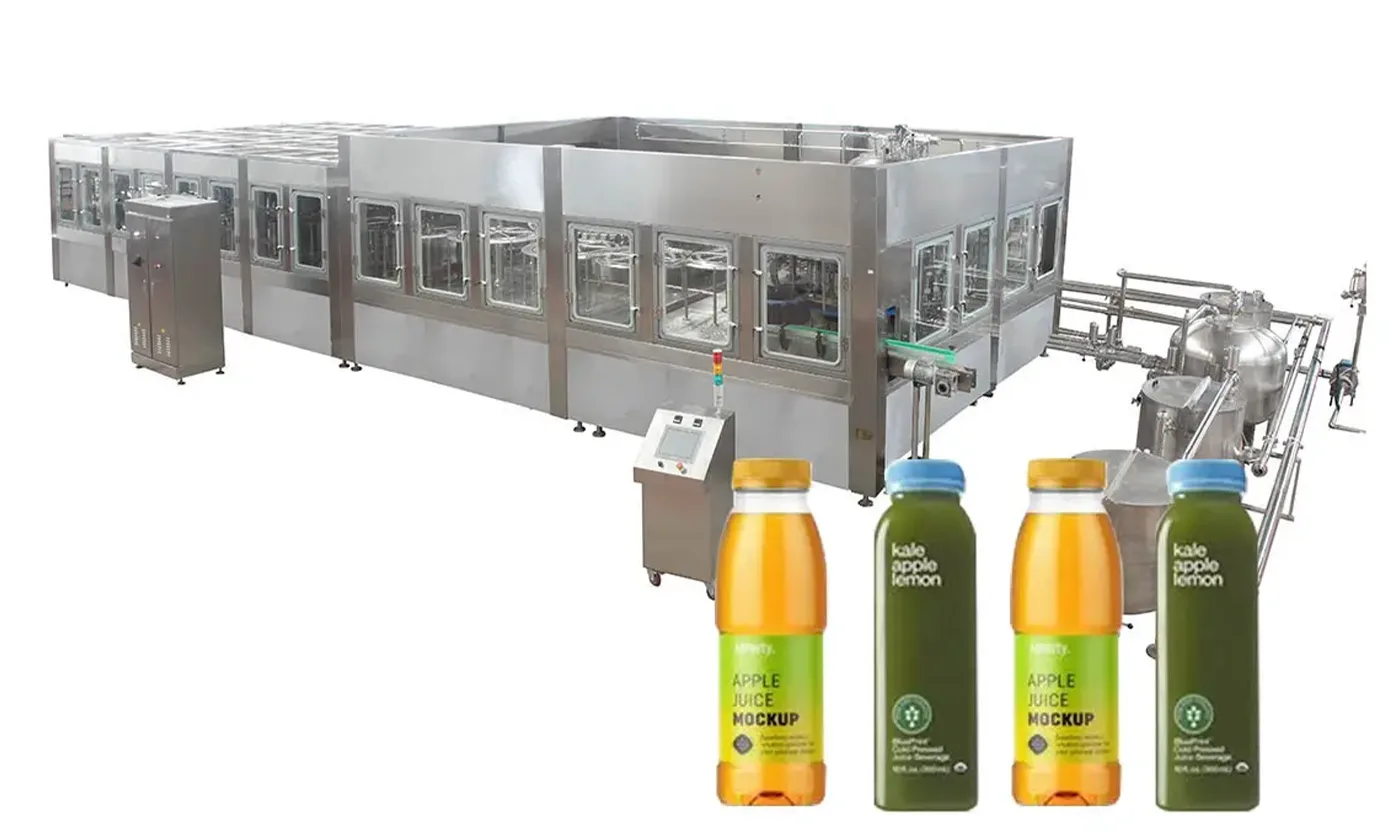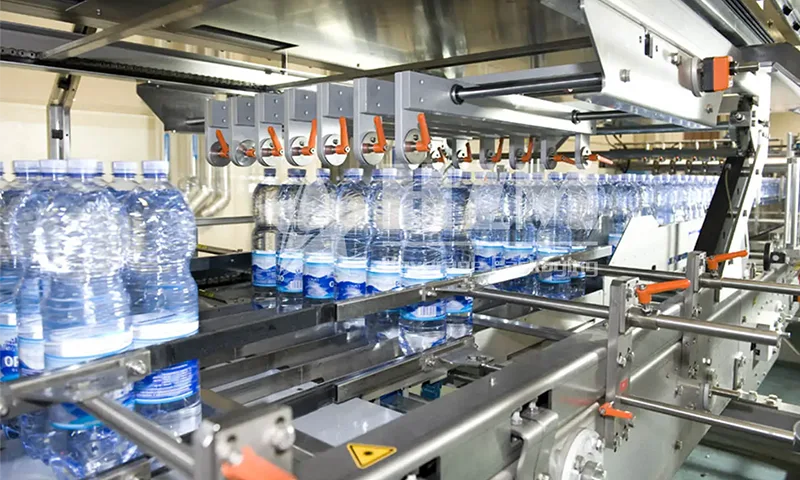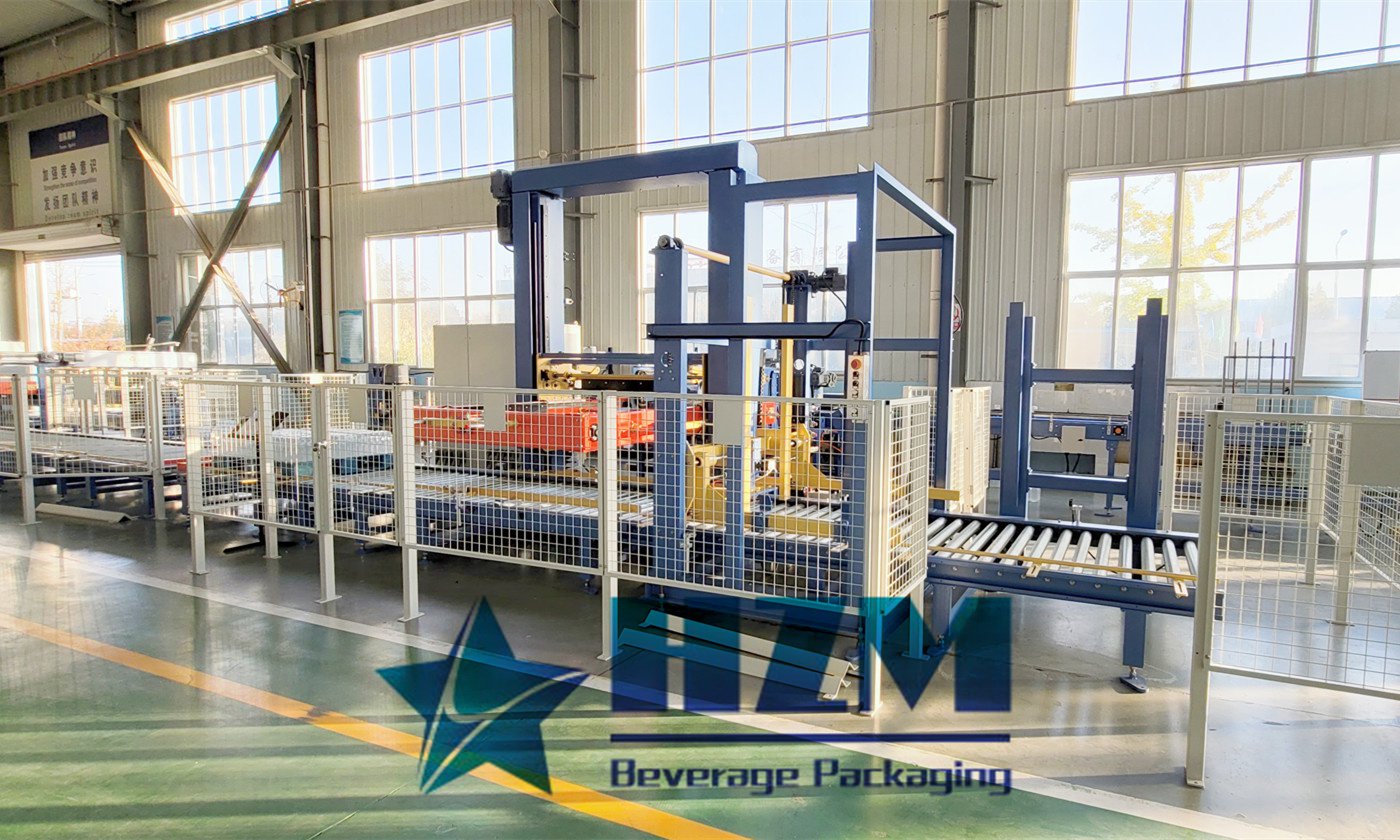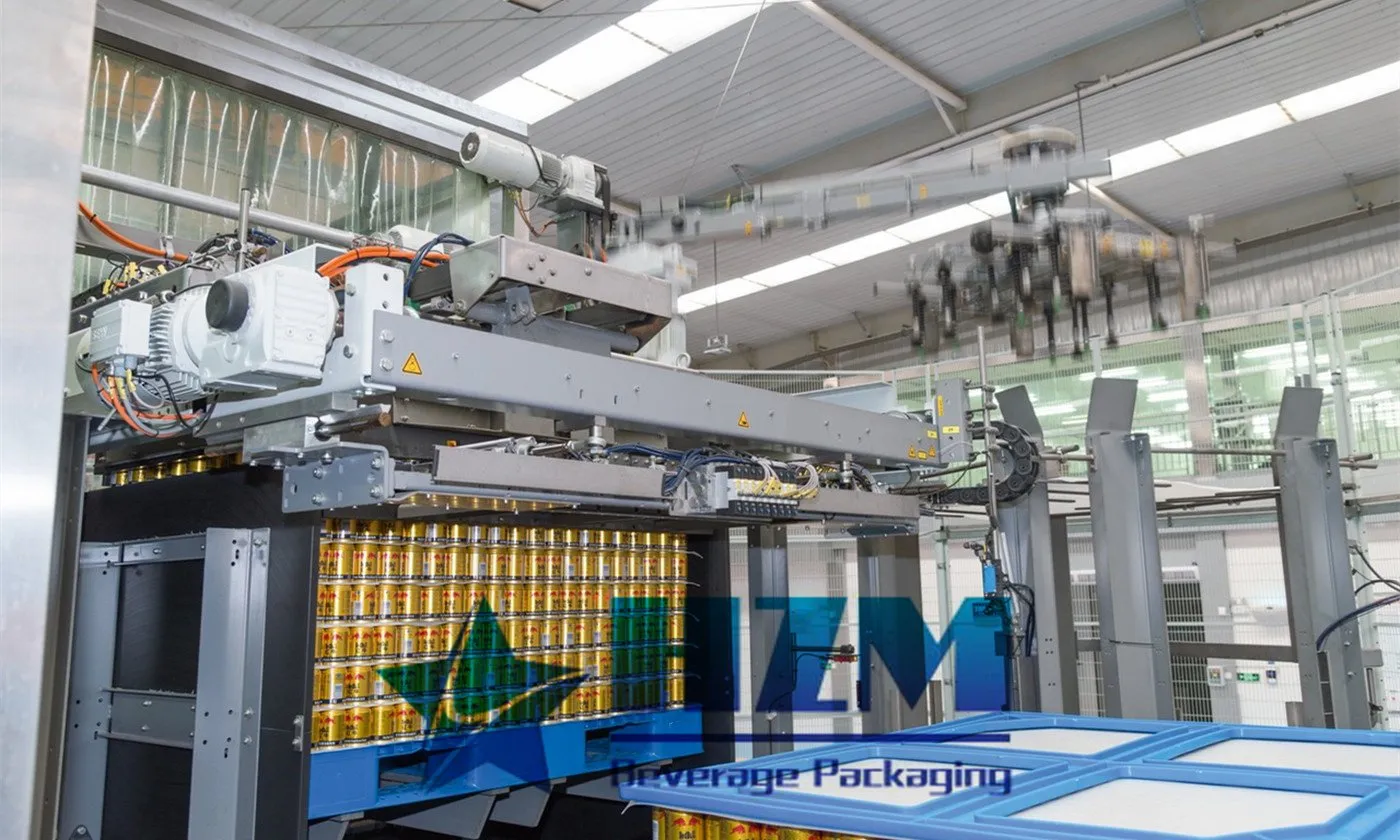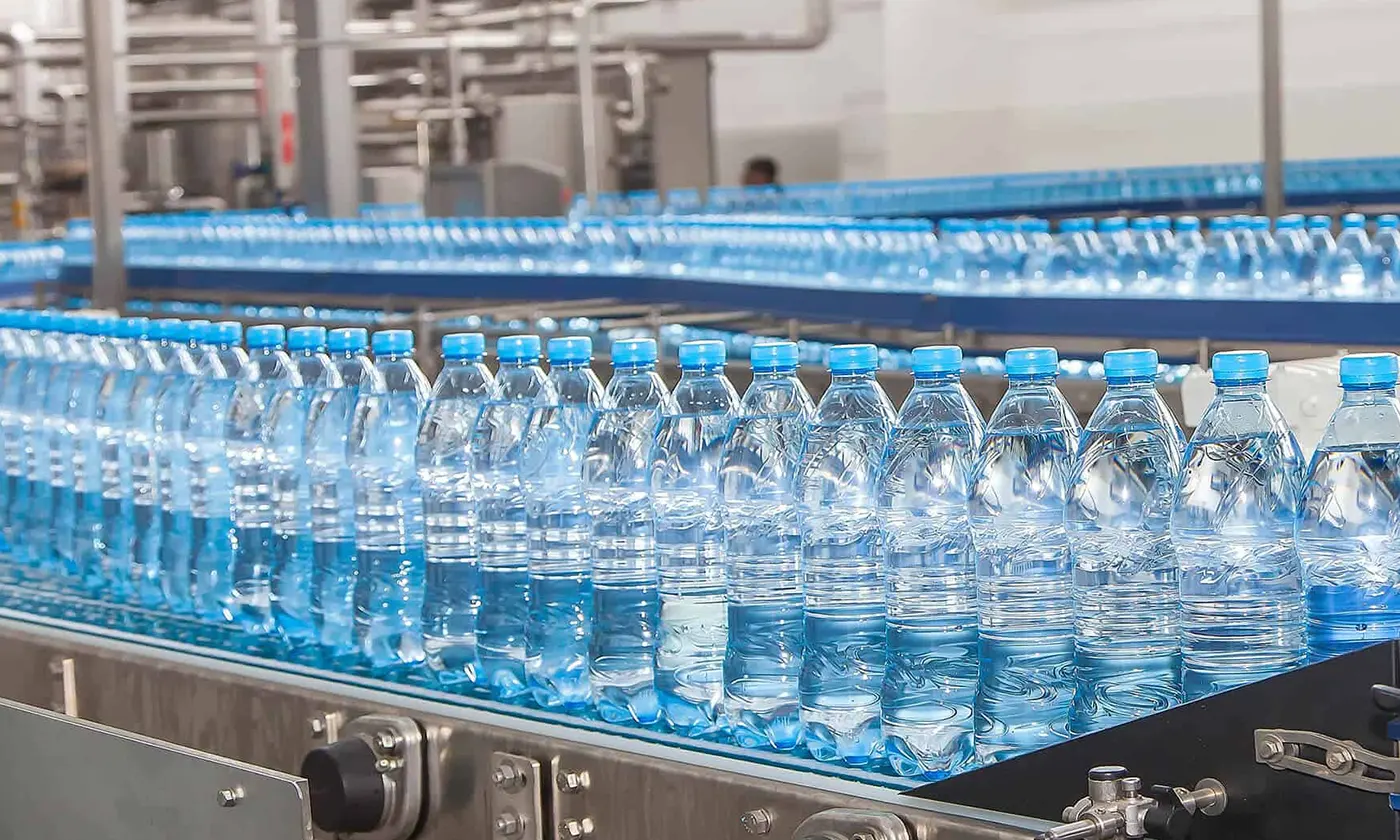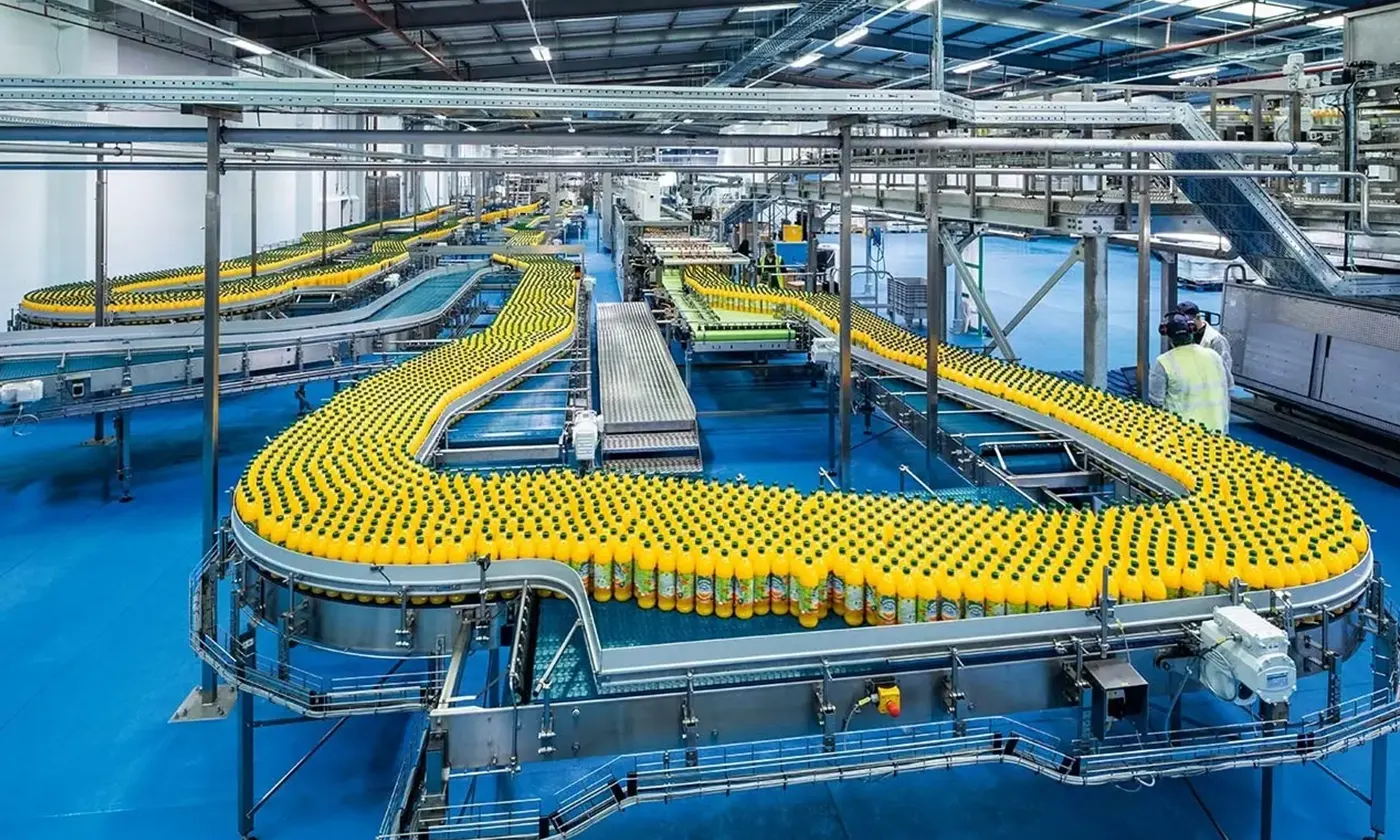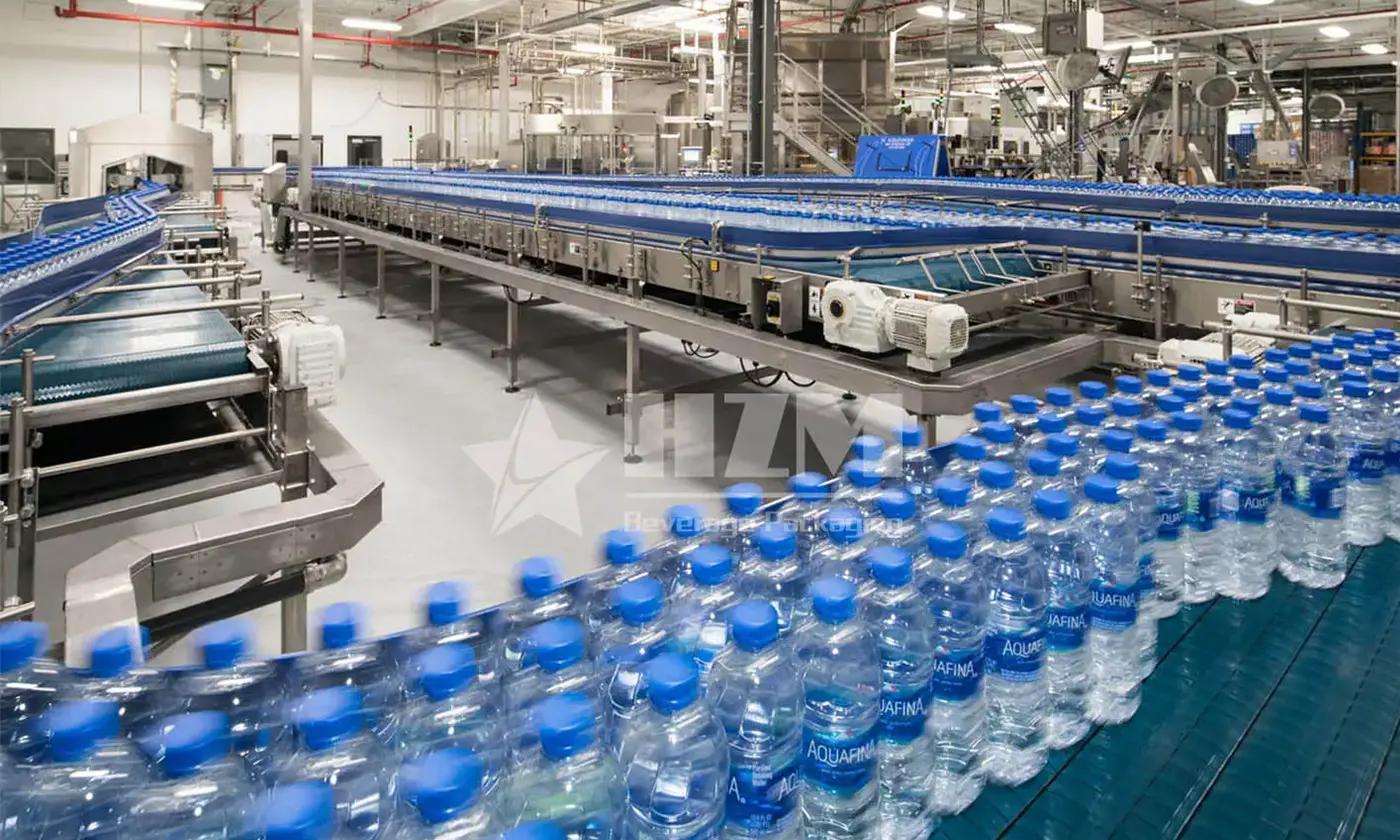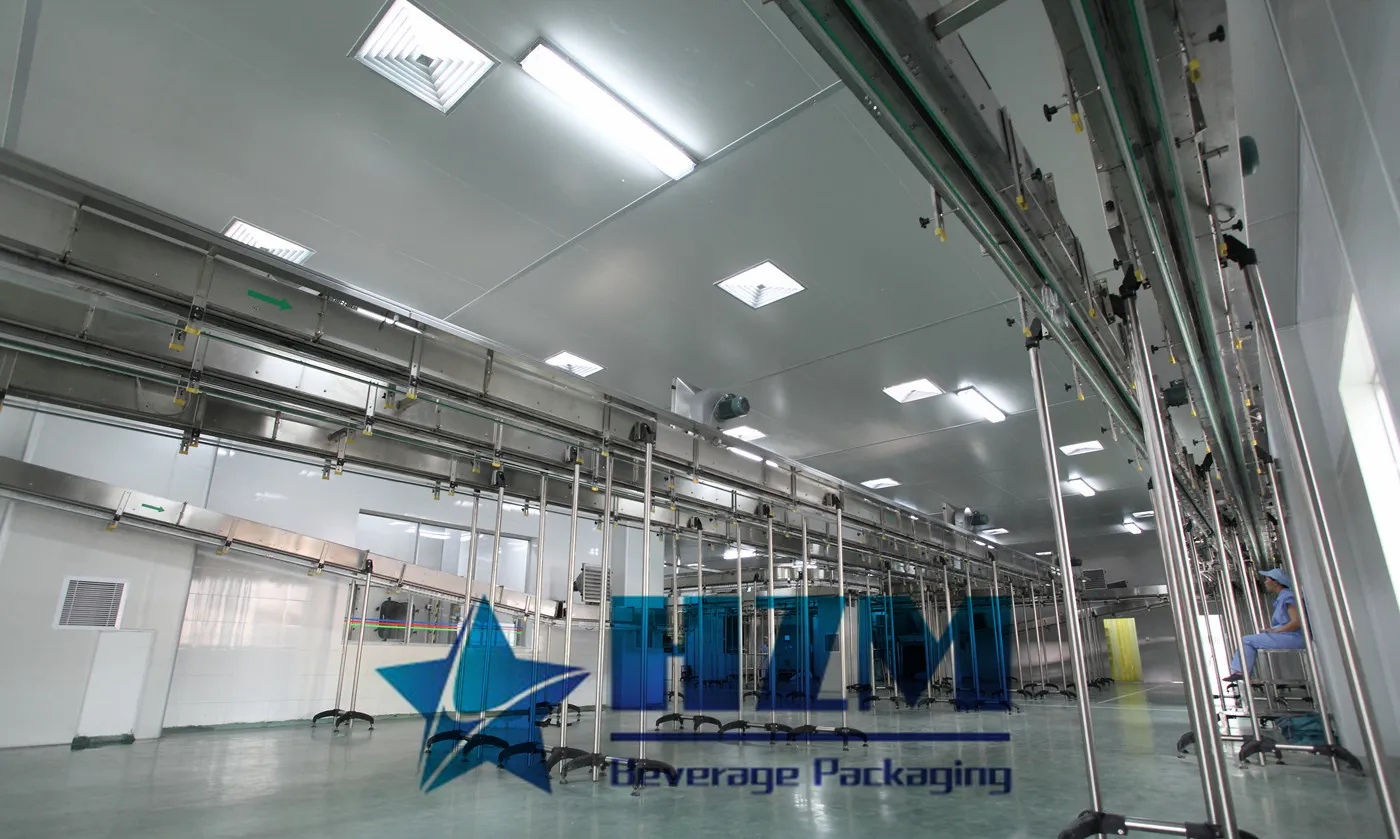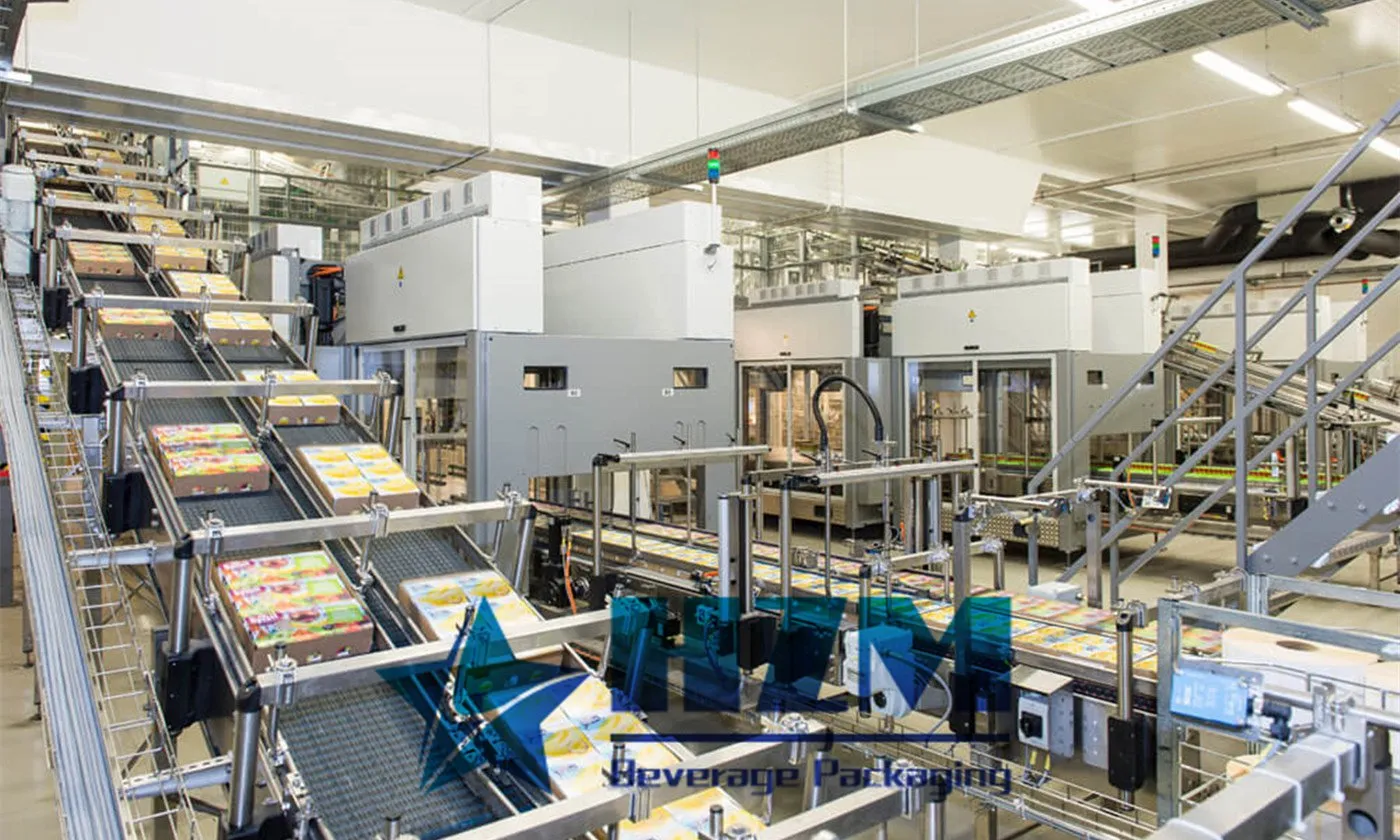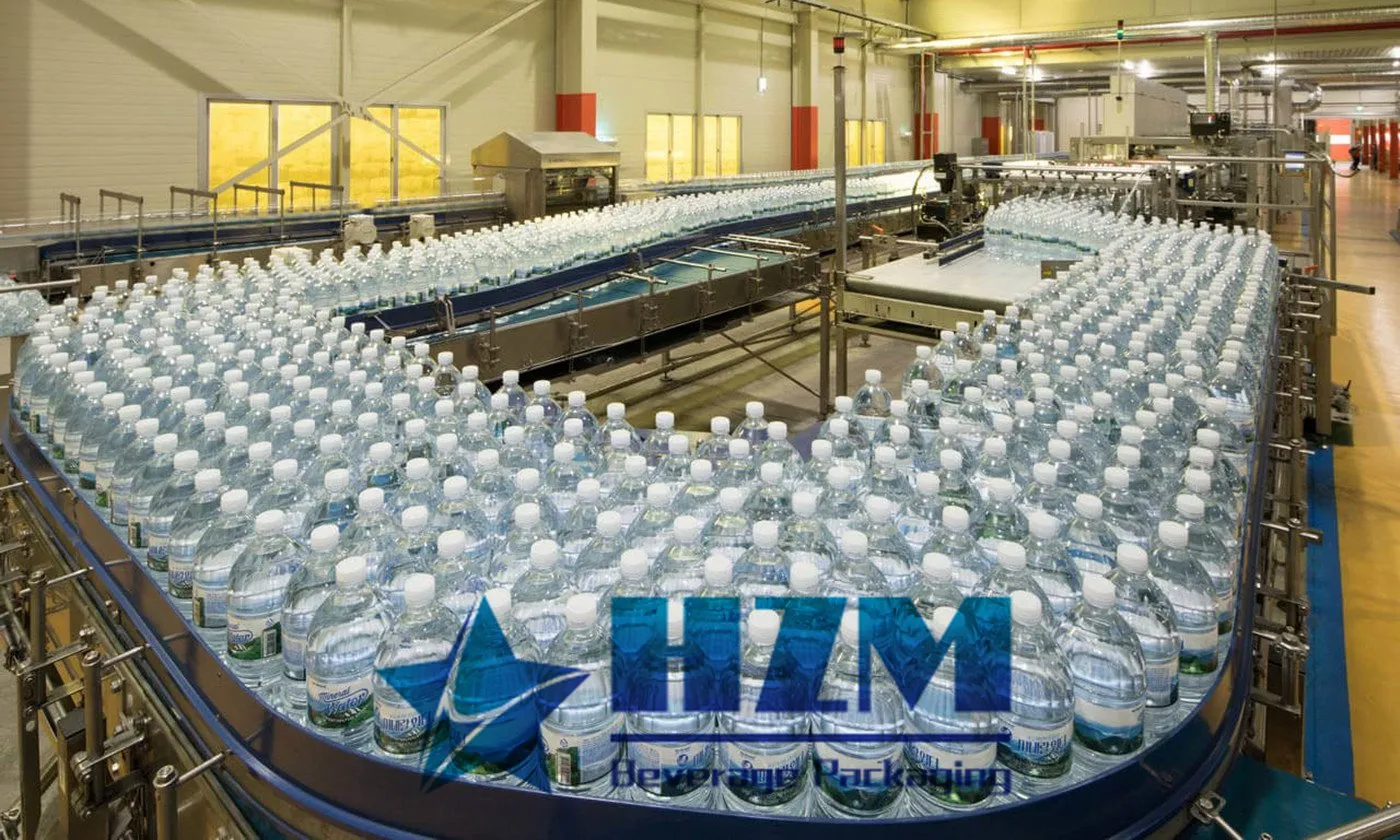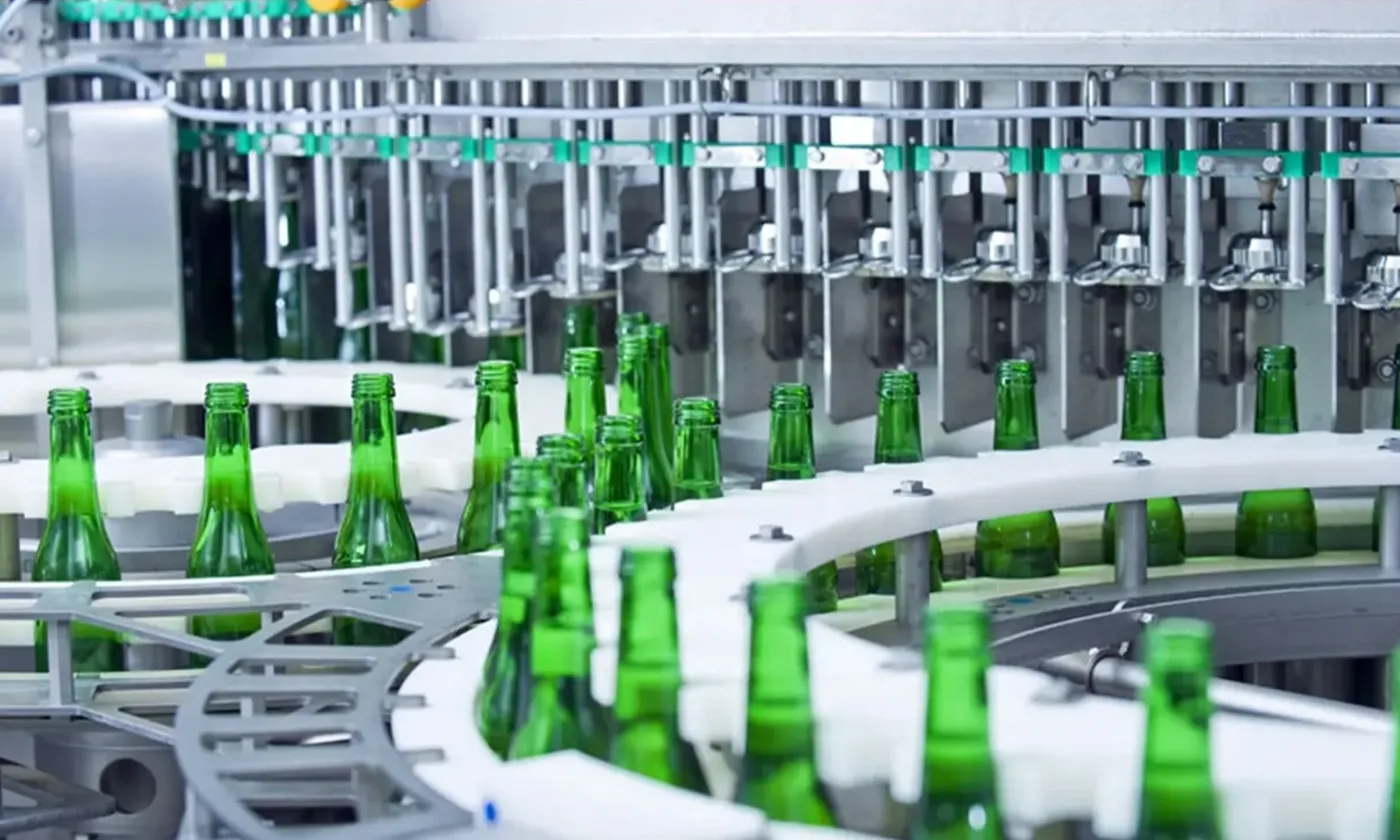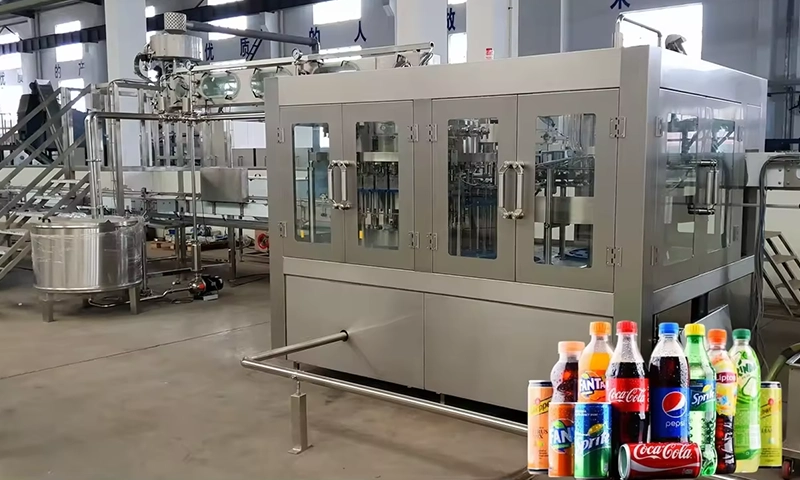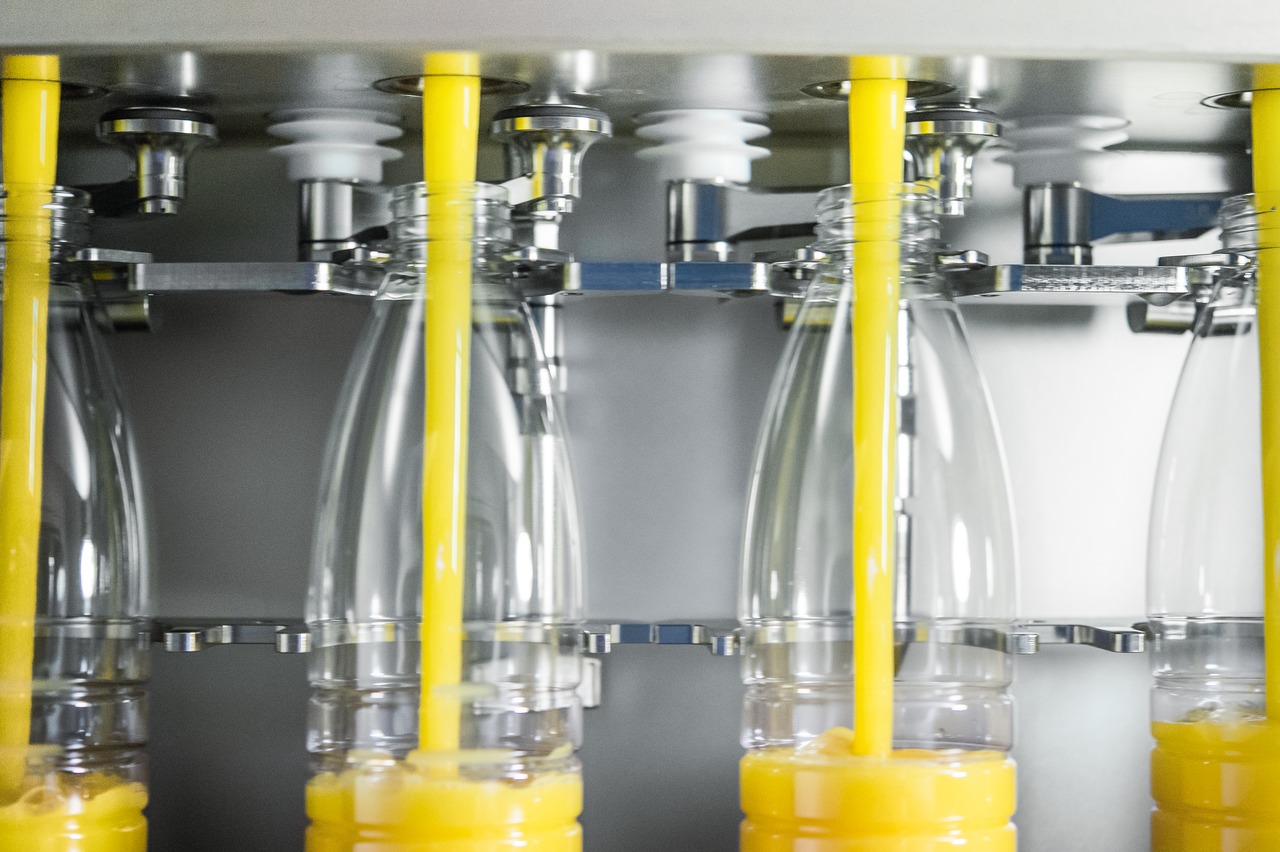
Fully Understanding Automatic Beverage Filling Machines
Fully automatic beverage filling machines are the backbone of modern beverage production. They streamline the filling process, ensure accuracy and consistency, and minimize human error, ultimately leading to increased efficiency and productivity. Here's a deep dive into understanding these amazing machines:

1. Types of machines:
1.Gravity fillers: Use gravity to dispense beverages into containers. Simple and cost-effective, suitable for low-carbonated drinks.
2.Volumetric fillers: Precisely measure and dispense specific volumes of liquid. Versatile for various beverages.
3.Piston fillers: Use pistons to pump beverages into containers. Ideal for thick, viscous liquids.
4.Overflow fillers: Fill containers until liquid overflows, then stop. Common for filling bottles with uneven capacities.
2. Components and functions:
1.Bottle infeed system: Transports empty bottles to the filling station.
2.Bottle neck grabber/holder: Holds bottles securely during filling.
3.Filling valve: Dispenses measured amounts of beverage into bottles.
4.Capper: Applies caps to filled bottles.
5.Labeler: Attaches labels to bottles.
6.Outfeed system: Transports filled and labeled bottles away from the machine.
7.Control panel: Operates and monitors the filling process.
3. Automation levels:
1.Fully automatic: No manual intervention required for operation.
2.Semi-automatic: Operators load and unload bottles, machine handles filling and capping.
3.Manual: Completely reliant on manual operation.
4. Key considerations when choosing a machine:
1.Production capacity: Match the machine's speed to your desired production volume.
2.Beverage type: Choose a machine compatible with your specific beverage, considering factors like carbonation level and viscosity.
3.Bottle type and size: Ensure the machine handles your preferred bottle formats.
4.Budget: Automatic machines typically cost more than semi-automatic or manual options.
5.Maintenance and sanitation: Choose a machine with easy-to-clean components and readily available spare parts.
5. Additional features:
1.Gas flushing/nitrogen dosing: Injects inert gas into bottles before filling to reduce oxidation and preserve freshness.
2.Leak detection: Identifies and rejects leaky bottles before capping.
3.CIP (Clean-in-Place) system: Automatic cleaning and sanitization of machine components.
4.Data acquisition and monitoring: Provides real-time information about production parameters and machine performance.
6. Key Features of Automatic Beverage Filling Machines:
1.Versatility: Automatic beverage filling machines are designed to accommodate a diverse range of beverage types, including water, juices, sodas, and other liquid products. This versatility makes them suitable for a wide spectrum of beverage producers.
2.High Efficiency: One of the standout features is the remarkable filling efficiency achieved by these machines. With advanced automation and precise control systems, they can fill bottles or containers swiftly and accurately, contributing to increased production rates.
3.Precision and Accuracy: These machines are equipped with sophisticated sensors and control mechanisms, ensuring precise measurements and accurate filling levels. This precision is crucial for maintaining product consistency and meeting quality standards.
4.Hygiene and Cleanliness: Automatic beverage filling machines prioritize hygiene in the production process. The design often incorporates features that facilitate easy cleaning and sterilization, preventing contamination and ensuring the safety of the end product.
7. Maintenance and Troubleshooting:
1.Despite their advanced capabilities, automatic beverage filling machines require regular maintenance to operate at peak performance. Common maintenance tasks include:
2.Regular Cleaning: Thoroughly clean all components, such as conveyors, filling heads, and sealing devices, to prevent the buildup of residues that may lead to malfunctions.
3.Lubrication: Ensure proper lubrication of moving parts and bearings to minimize friction and extend the lifespan of critical components.
4.Sensor and Control System Inspection: Regularly inspect sensors and control systems to identify and address any issues that may affect accuracy and reliability.
5.Calibration: Periodically calibrate components, especially metering and filling systems, to maintain accuracy and consistency.
6.Slow Discharge: Check throttle valves, control valve cleanliness, and the condition of filling nozzle valve cores.
7.Foaming During Filling: Address factors such as thorough degassing, appropriate bottle temperatures, and potential raw material properties.
A comprehensive understanding of automatic beverage filling machines is essential for maximizing their benefits. Regular maintenance, coupled with efficient troubleshooting, ensures the seamless operation of these machines, contributing to the overall success of beverage production processes.
TAG: Beverage Filling Machines Carbonated Filling Machine Filling Machine
-
![Core Selling Points of Glass Bottle CSD Filling & Capping Line]()
Core Selling Points of Glass Bottle CSD Filling & Capping Line
-
![Customizable beverage filling system]()
Customizable beverage filling system
-
![Differences Between Hot Filling and Cold Filling in Beverage Filling Machines]()
Differences Between Hot Filling and Cold Filling in Beverage Filling Machines
-
![Selecting a Dedicated RO Reverse Osmosis Water Treatment System for a Purified Water Beverage Production Line]()
Selecting a Dedicated RO Reverse Osmosis Water Treatment System for a Purified Water Beverage Production Line
-
![How Fast Is the Labeling Speed of Tea Beverage Packaging Machines?]()
How Fast Is the Labeling Speed of Tea Beverage Packaging Machines?


